 Abraham Lincoln
If given the truth, the people can be depended upon to meet any national crisis...
Abraham Lincoln
If given the truth, the people can be depended upon to meet any national crisis...
 Guildford news...
for Guildford people, brought to you by Guildford reporters - Guildford's own news service
Guildford news...
for Guildford people, brought to you by Guildford reporters - Guildford's own news service
Birdwatcher’s Diary No.298
Published on: 18 Feb, 2024
Updated on: 17 Feb, 2024
By Malcolm Fincham
A mild spell of weather continued to prevail during the first weeks of February with daytime temperature remaining above 10c for the most part.
An Atlantic westerly flow brought an ample amount of showers as well as longer spells of rain to the southern counties of the UK.
Despite the weather conditions, looking back at some of the photos I had taken during the previous fortnight I found myself surprised at what I had achieved during the limited opportunities to get out and about with my camera.
A trip to Staines Reservoir on February 3, in the company of Bob and Dougal on a dry but mostly overcast afternoon, allowed a few new sightings as well as photos to my ‘this year’s’ species count.
On the North Basin a great northern diver showed reasonably well during our time there, although the black throated diver remained too distant to photograph.
A few wintering goldeneye ducks could be viewed, on the South Basin, from the Causeway.
Also adding a good number of gadwall out on the water.
And tufted ducks to the day’s list.
Along the banks of the Causeway groups of wintering wigeon also gathered feeding on the grass.
While on the Causeway, a small group of linnets could be seen.
On our return to the car, fieldfares and redwings could be seen feeding on the grassland around the outer perimeters of the reservoir.
Moving on to Staines Moor I was able to observe my first sightings of short-eared owls and add them to this year’s photos.
Viewing them from the footbridge that crosses the River Colne that dissects the boggy moor.
I also found using the handrails of the bridge to aid support of my camera and large lens assisted in my photos.
Counting at least five out hunting for small mammals as they quartered over the large expanse of moorland.
Occasionally flying quite close to view in the late afternoon daylight as they carried out their business.
To my surprise, while watching the owls, a kingfisher flashed past. “Reflexes must be slowing” I mumbled out loud. Just two years ago I managed to capture one in flight there at almost the exact same spot!
Ring-necked parakeets continued to be abundant about the area.
Locally to home on Whitmoor Common I was able to acquire several photos of Dartford warblers.
A small group of linnets could be seen out on the heathland.
Also viewing a few goldfinches during my visit.
Just down the road at Britten’s Pond the resident kingfisher once again came within view of my camera lens as it flew past and perched up in a corner of the pond.
A mistle thrush perched up briefly in the willow on one of the islands, while the rattling call of its partner could be heard nearby.
A song thrush could be seen in song in one of the tall trees by the railway embankment.
Last autumn’s new partnership of mute swans seemed to be progressing well since the former adult female’s demise during the previous winter, the new pair spending much of their time together on the pond.
A tufted duck made a brief and rare appearance for a few days early in the month.
While a pair of little grebes continued to winter there.
And at least four dunnocks could be seen feeding together along the footpath.
The appearance of a rainbow completed the day’s viewing.
In Worplesdon churchyard at Perry Hill snowdrops had begun to flower.
While in one of the trees lining the graveyard a mistle thrush could be heard in song.
A few greenfinches added to my year’s photos.
While a kestrel perched up in the field just beyond the churchyard.
A visit to Stoke Lake on February 11 saw the first few sprigs of blackthorn now coming into flower by the lakeside. Their fresh white blossom always evoking my thoughts as the first signs of spring.
On the lake a pair of great crested grebes appeared to have already begun to form a partnership.
A small wintering raft of tufted ducks continued to be viewed on the lake.
By the lakeside a pair of stonechats could be observed.
While in the field at the southern end of the lake, a kestrel continued to hunt.
And just to the other side of the River Wey a red kite could be viewed.
Once again it appeared that I had the fortune to avoid the rain as dark clouds passed by beyond the river and a distant rainbow made another appearance.
At Tice’s Meadow, near Farnham, on February 10, more than 100 wintering lapwings could occasionally be viewed in flight on the far side of the water from Horton’s Mound.
While two wintering black-necked grebes could still be viewed out on the eastern end of the ‘workings’.
Adding to this year’s sightings with a photo of one of at least three green sandpipers seen there that day.
Although not yet having had the opportunity to visit, just a little further down the road in Farnham, a group of wintering waxwings, they continued to be viewed near the library in the town centre. Now hoping to see them closer to home.
Elsewhere, at Crooksbury Common, near Farnham, I was delighted to hear and photograph my first woodlark of the year, in song.
One of the very few bright sunny days of the month so far occurred on February 12. Thus prompting our decision to enjoy a walk through Effingham Forest, near East Horsley.
In the 1860s, the Earl of Lovelace owned the land and had built some notable bridges in the woods around Horsley to assist the transport of timber by horse-cart from his forest.
Of the original 15 bridges, 10 are still intact and on public view in an attractive circular route, with some lovely forest vistas.
Although not seeing any that day, bramblings can regularly be seen wintering there.
Marsh tits, however, could regularly be heard and spotted that day, allowing for some nice photo opportunities.
Hawfinches continued to be present there although mostly, as on this occasion, only distant views.
While common crossbills had made a return to the forest.
Along with wintering lesser redpolls.
As the sun warmed the air about us, temperatures began to lift into the low teens centigrade, enough to bring out of hibernation and to photograph my first red admiral butterfly of the year.
The warming thermals were creating ideal conditions for displaying birds of prey as we watched from a viewpoint across the valley.
Immersed in their springtime rituals, firstly several common buzzards proudly displayed their new pristine 2024 plumages.
A sparrowhawk also added extra entertainment while attempting to mob the common buzzards during their displaying.
The most prized view of the day for us had to be a goshawk, lingering in flight as it drifted high over the not too distant pines.
Responses to Birdwatcher’s Diary No.298
Leave a Comment Cancel replyPlease see our comments policy. All comments are moderated and may take time to appear.
Recent Articles
- Guildford Institute’s Crowdfunding Project for Accessible Toilet in its New Community and Wellbeing Centre
- Letter: Guildford – Another Opportunity Missed?
- Letter: GBC’s Corporate Strategy – Where Is the Ambition?
- My Memories of John Mayall at a Ground-breaking Gig in Guildford Nearly Six Decades Ago
- Westborough HMO Plans ‘Losing the Heart of the Street’ Says Resident
- College Invests to Boost Surrey’s Economy and Close Digital Skills Gap
- Community Lottery Brings Big Wins for Local Charities
- GBC Housing Plan Promises ‘A Vibrant Urban Neighbourhood’ Near Town Centre
- Hospital Pillows ‘Shortage’ at the Royal Surrey
- Updated: Caravans Set Up Camp at Ash Manor School


Recent Comments
- Ian Macpherson on Updated: Main Guildford to Godalming Road Closed Until August 1
- Sara Tokunaga on GBC Housing Plan Promises ‘A Vibrant Urban Neighbourhood’ Near Town Centre
- Michael Courtnage on Daily Mail Online Reports Guildford Has Highest-paid Council Officer
- Alan Judge on GBC Housing Plan Promises ‘A Vibrant Urban Neighbourhood’ Near Town Centre
- John Perkins on GBC Housing Plan Promises ‘A Vibrant Urban Neighbourhood’ Near Town Centre
- S Collins on GBC Housing Plan Promises ‘A Vibrant Urban Neighbourhood’ Near Town Centre
Search in Site
Media Gallery
Dragon Interview: Local Artist Leaves Her Mark At One of England’s Most Historic Buildings
January 21, 2023 / No Comment / Read MoreDragon Interview: Lib Dem Planning Chair: ‘Current Policy Doesn’t Work for Local People’
January 19, 2023 / No Comment / Read MoreA3 Tunnel in Guildford ‘Necessary’ for New Homes, Says Guildford’s MP
January 10, 2023 / No Comment / Read More‘Madness’ for London Road Scheme to Go Ahead Against ‘Huge Opposition’, Says SCC Leader
January 6, 2023 / No Comment / Read MoreCouncillor’s Son Starts Campaign for More Consultation on North Street Plan
December 30, 2022 / No Comment / Read MoreCounty Council Climbs Down Over London Road Works – Further ‘Engagement’ Period Announced
December 14, 2022 / No Comment / Read MoreDragon Interview: GBC Reaction to the Government’s Expected Decision to Relax Housing Targets
December 7, 2022 / No Comment / Read MoreHow Can Our Town Centre Businesses Recover? Watch the Shop Front Debate
May 18, 2020 / No Comment / Read More



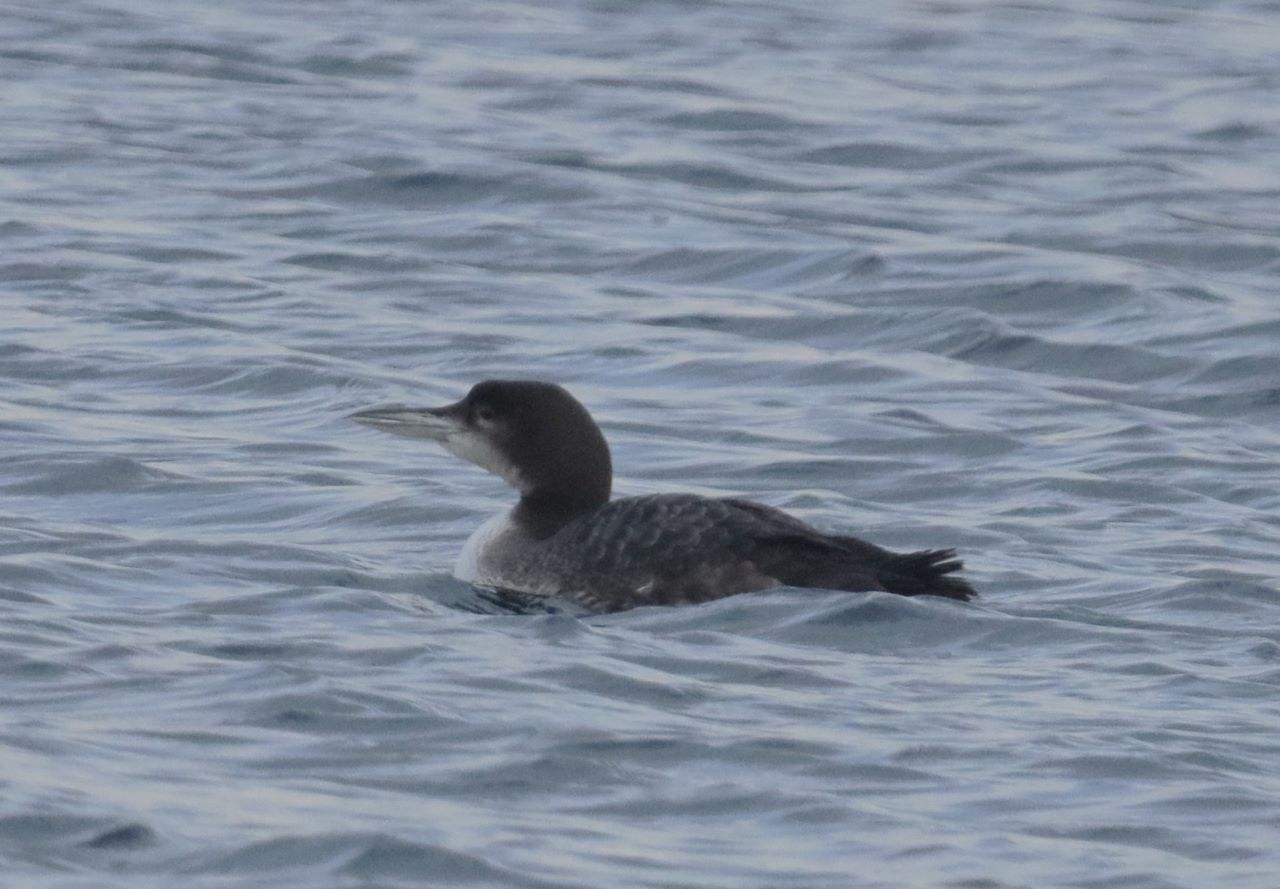

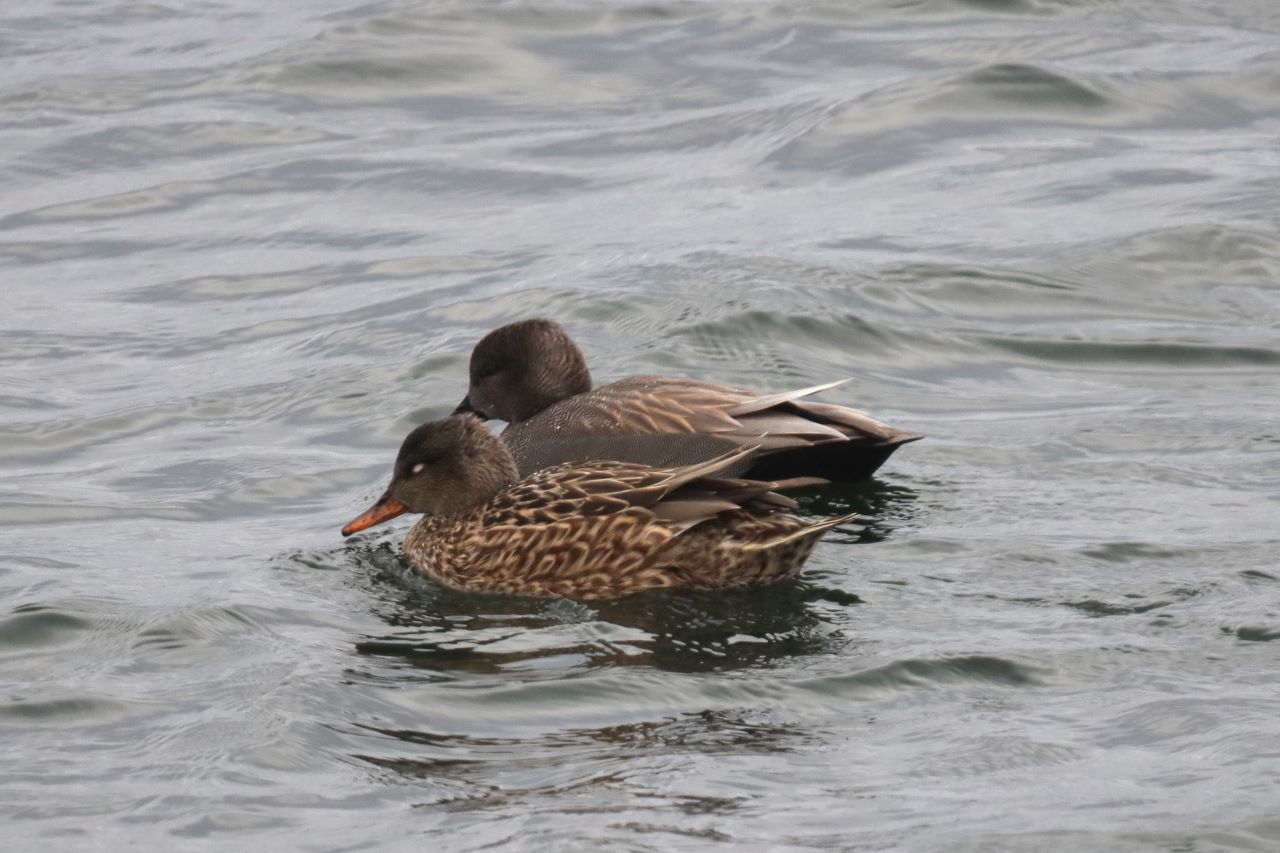

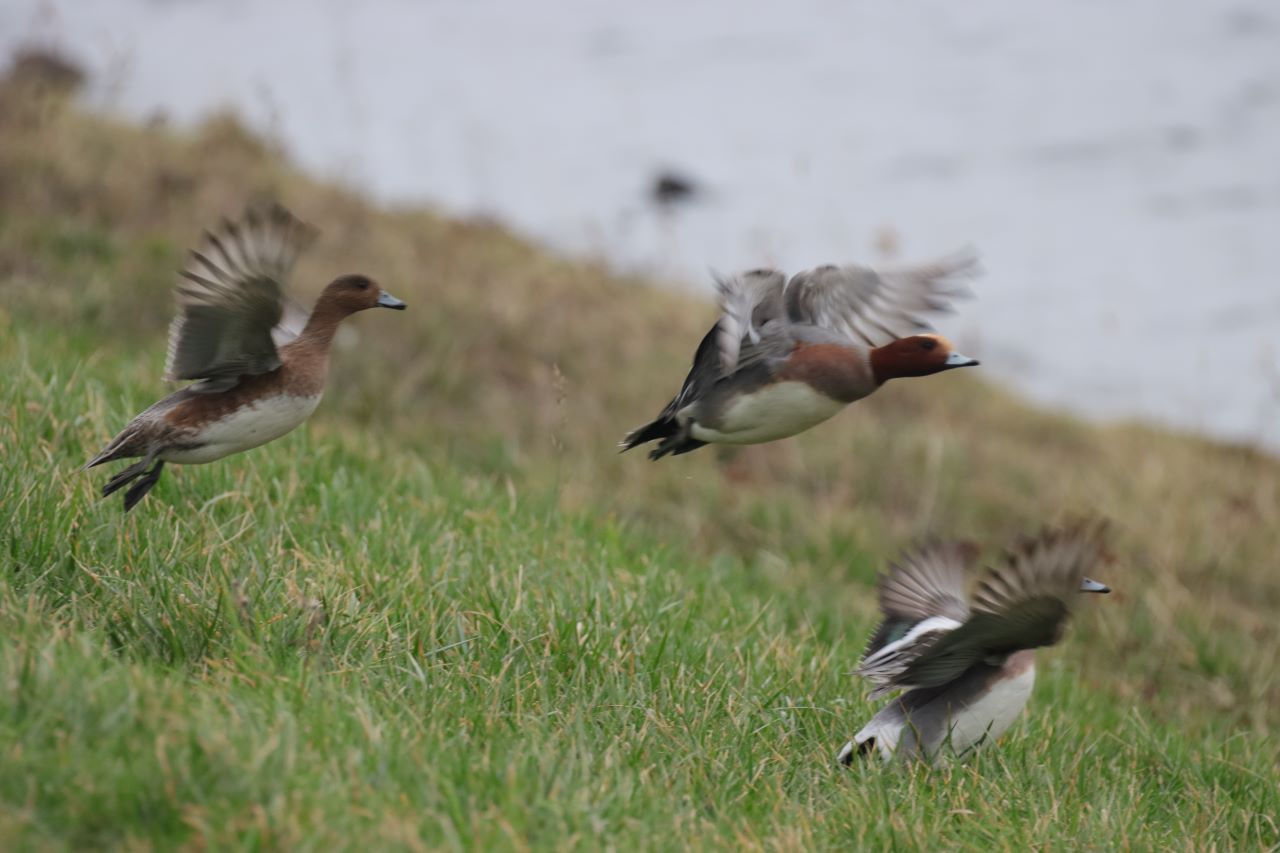

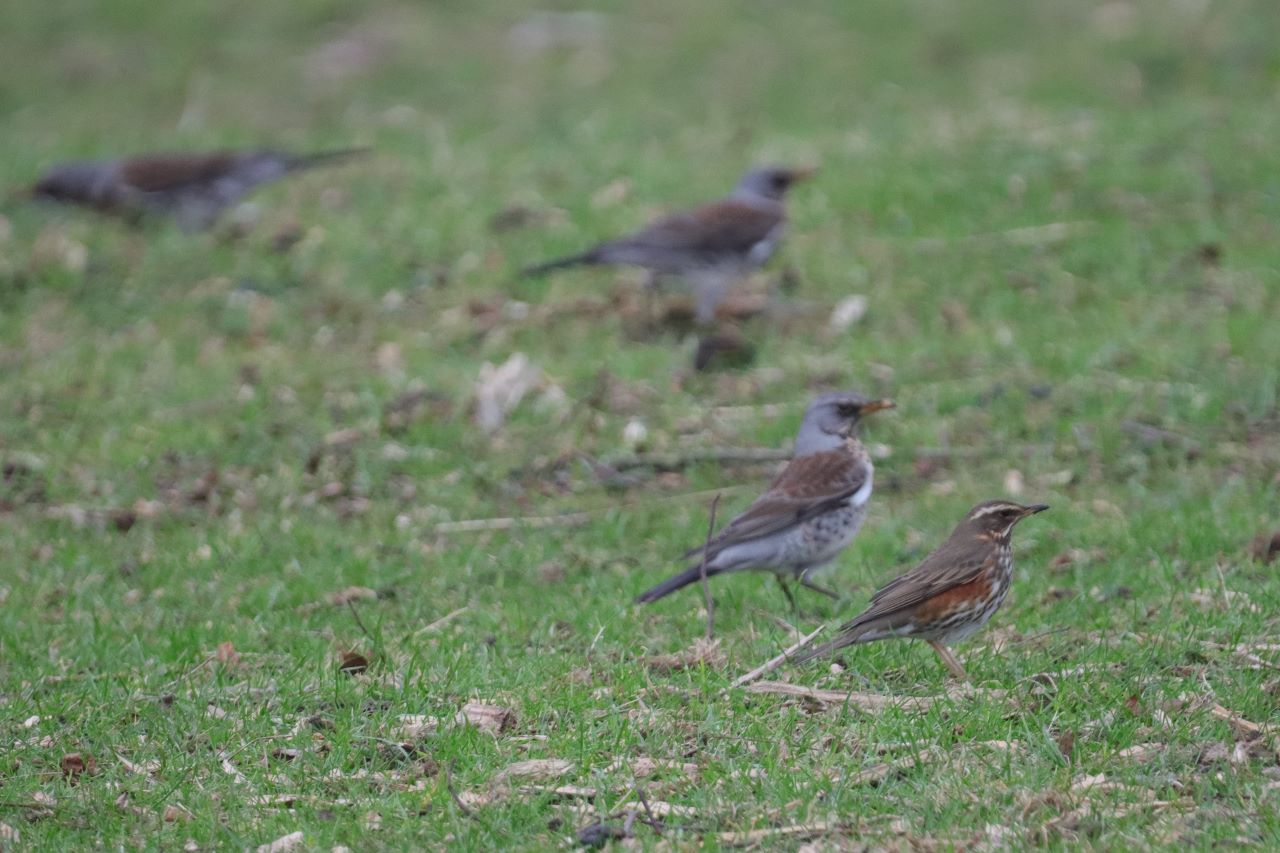
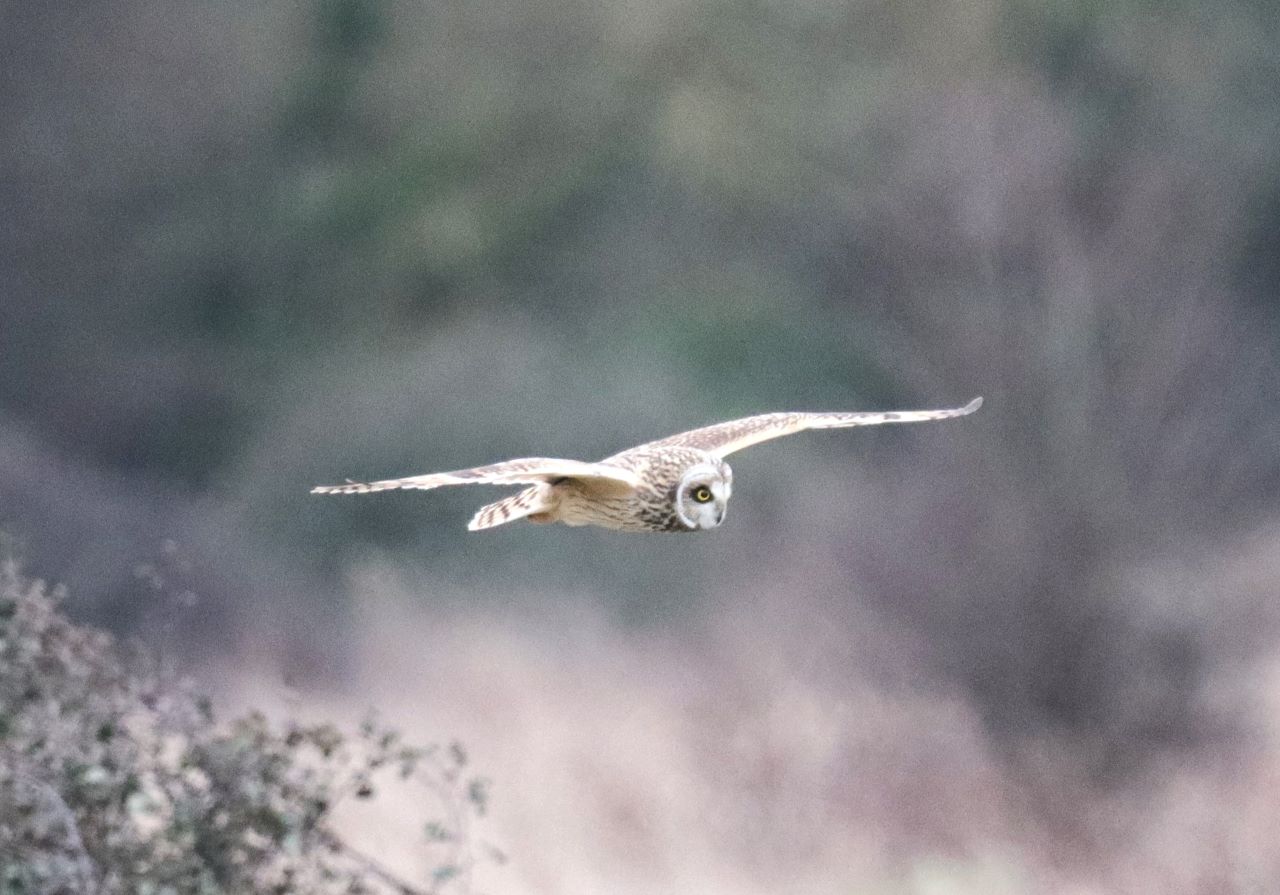



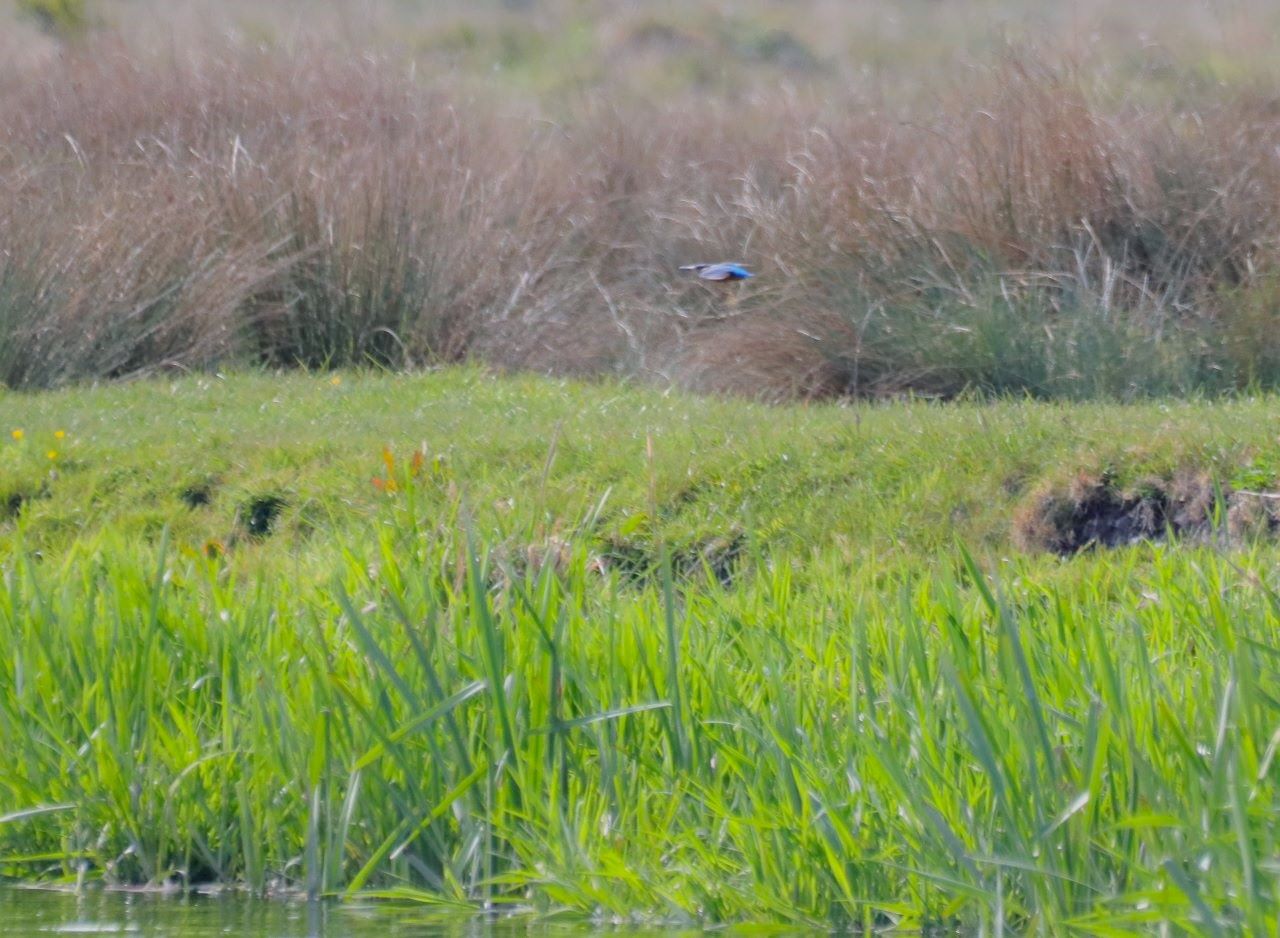

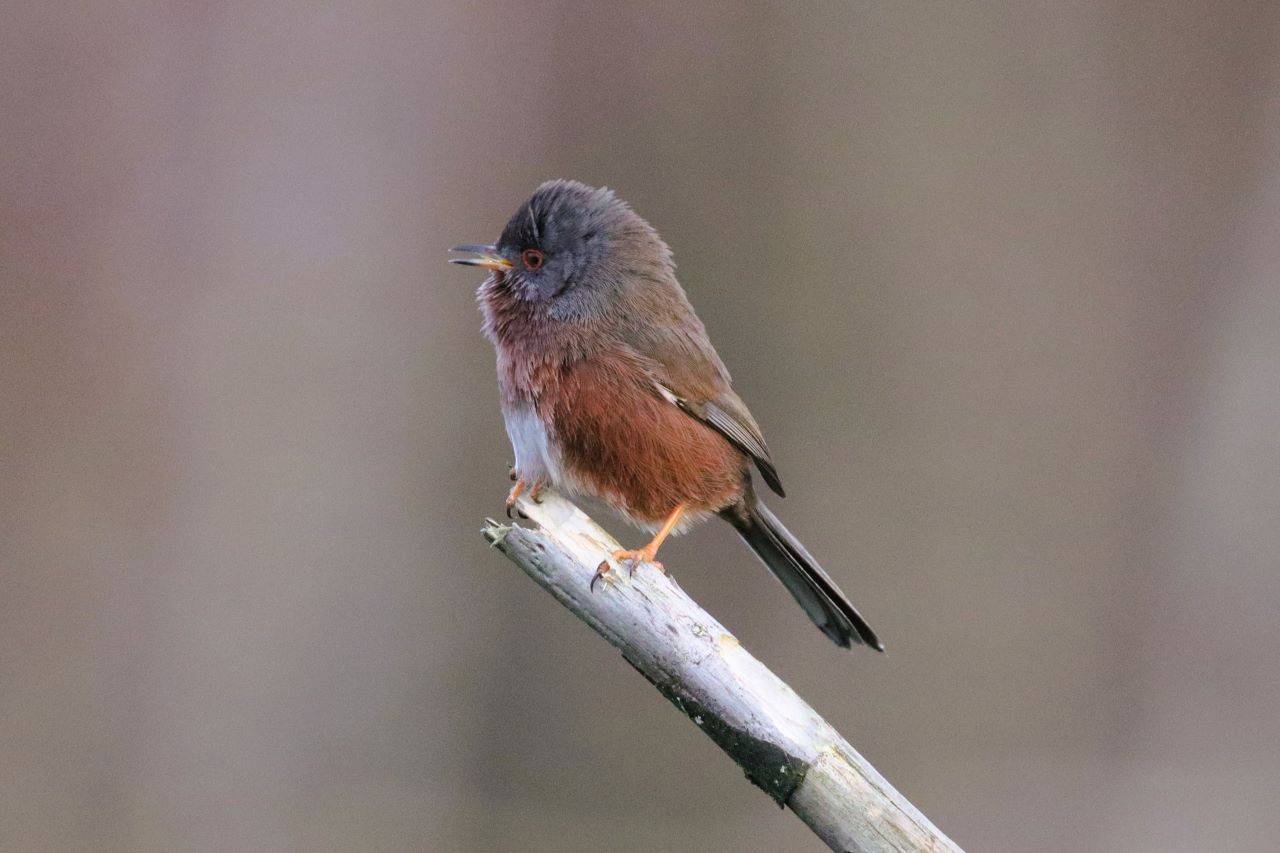
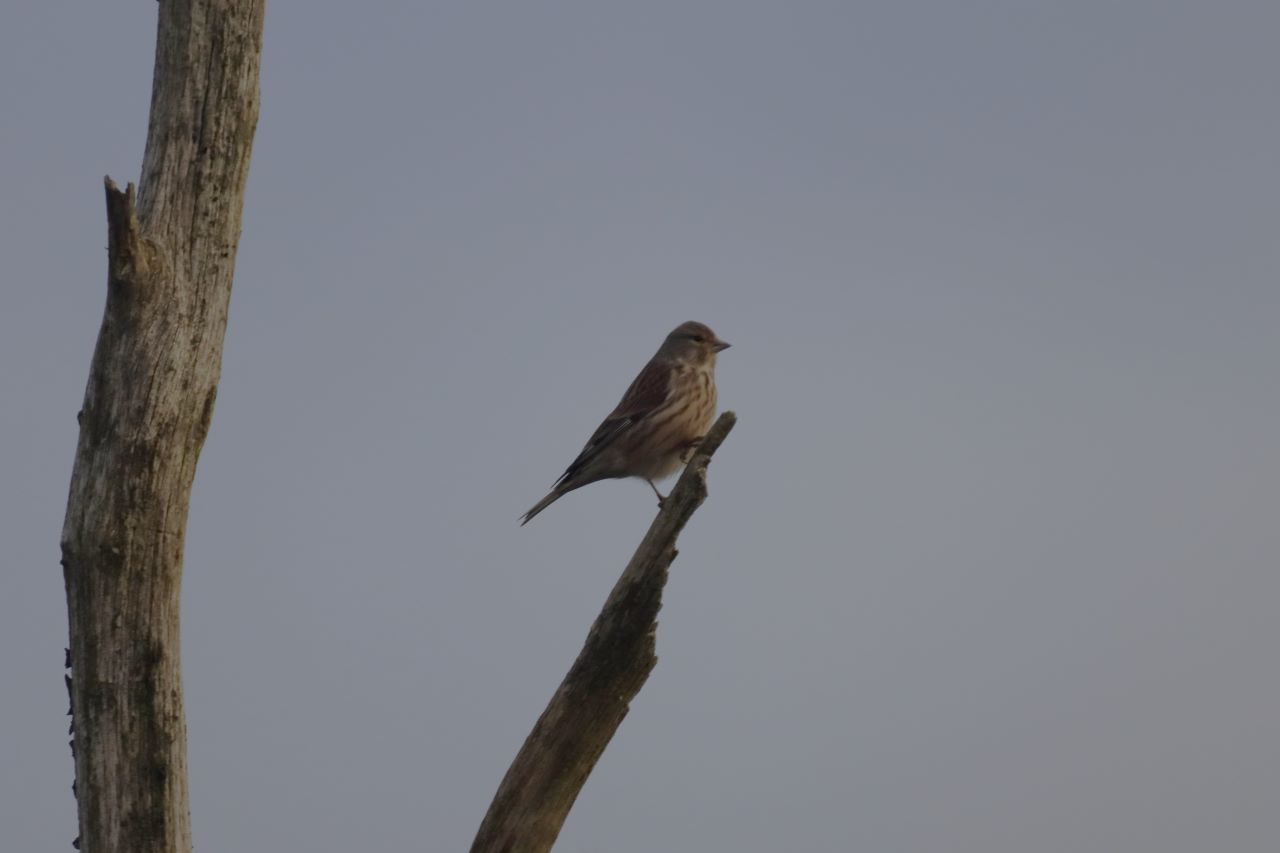
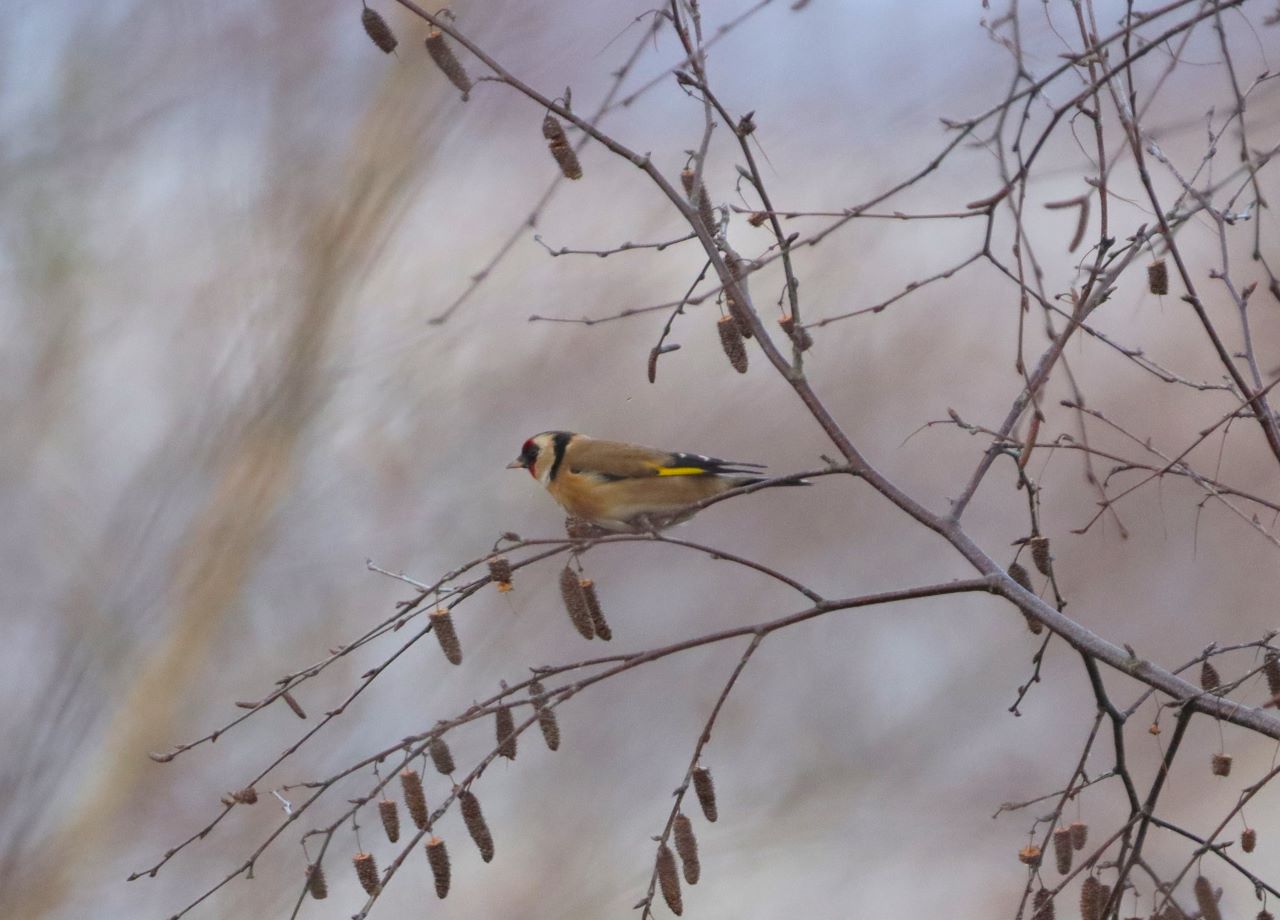
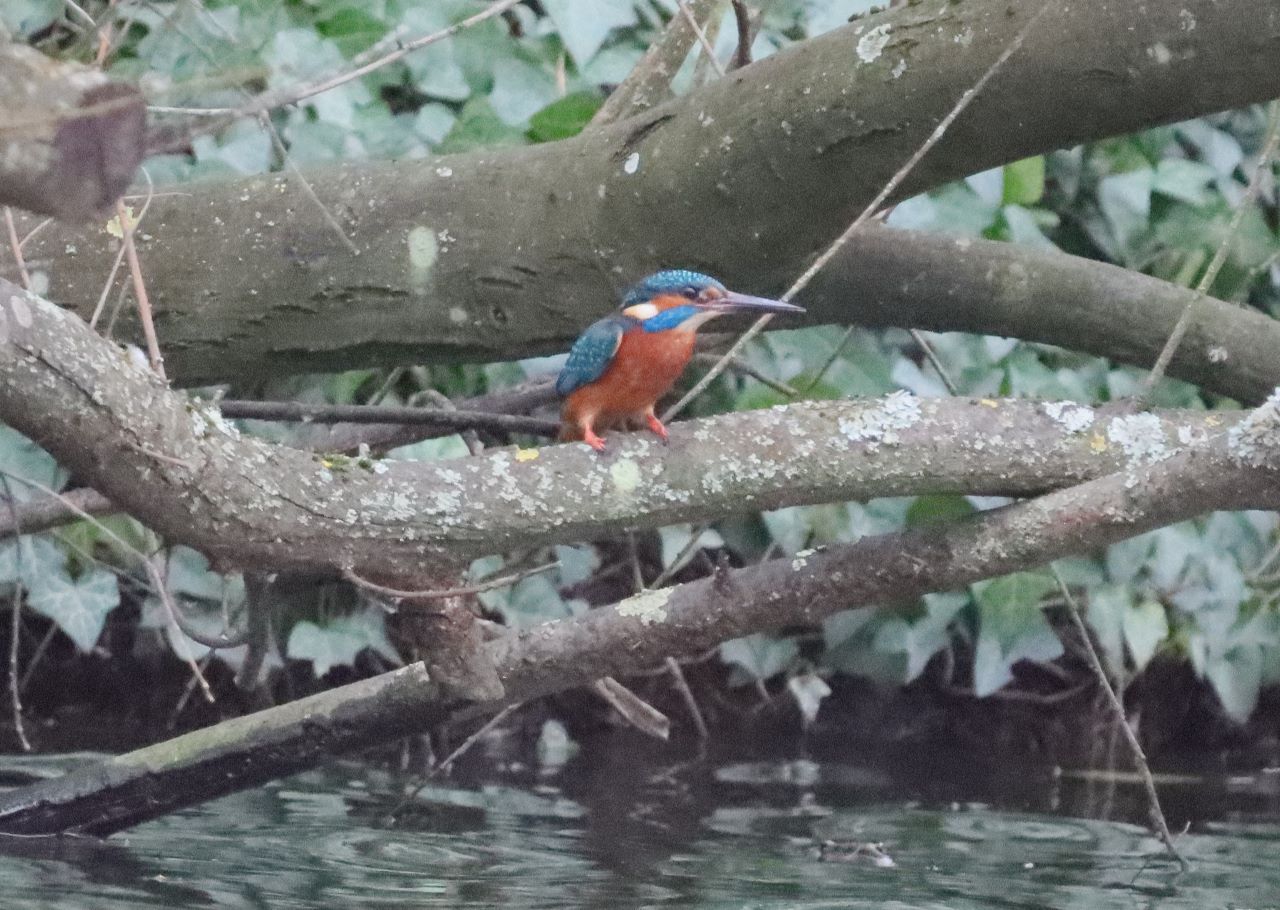

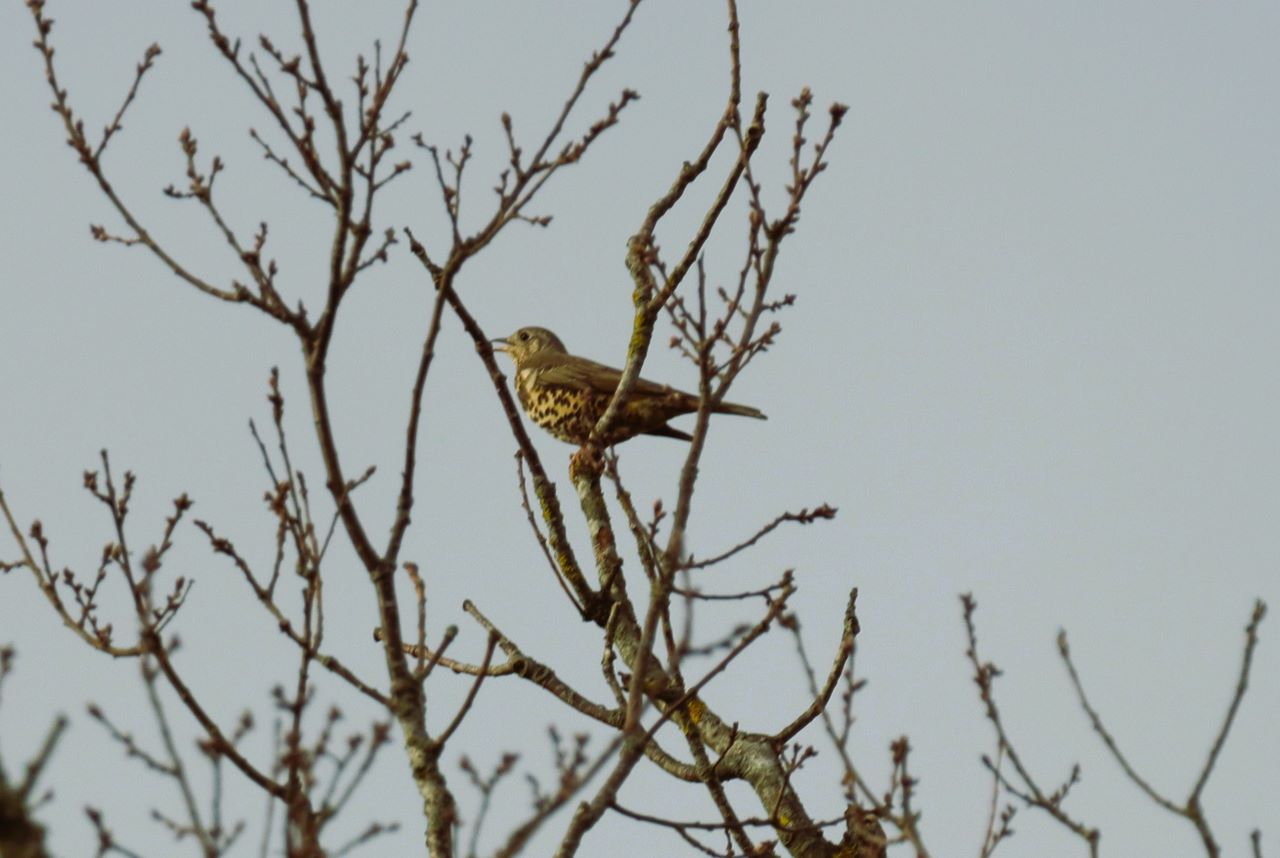
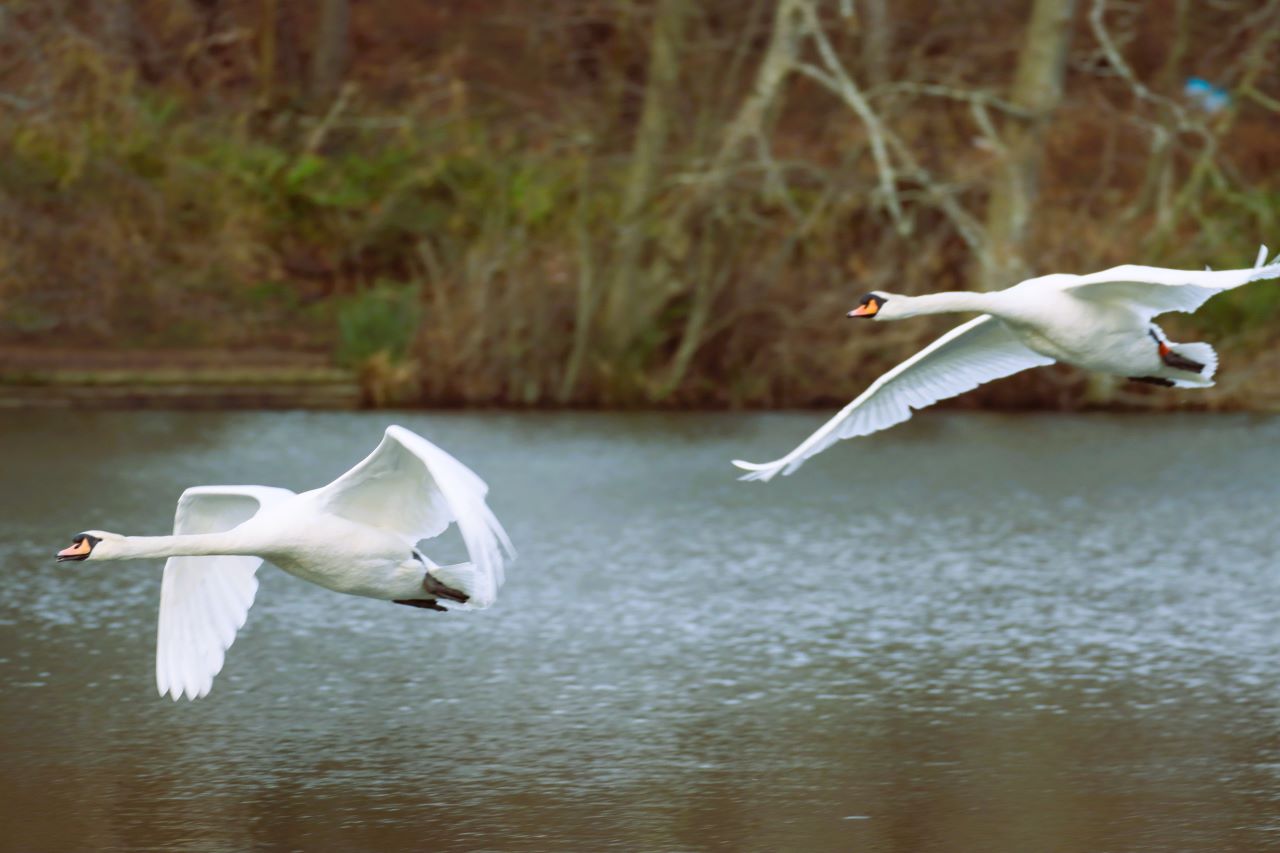
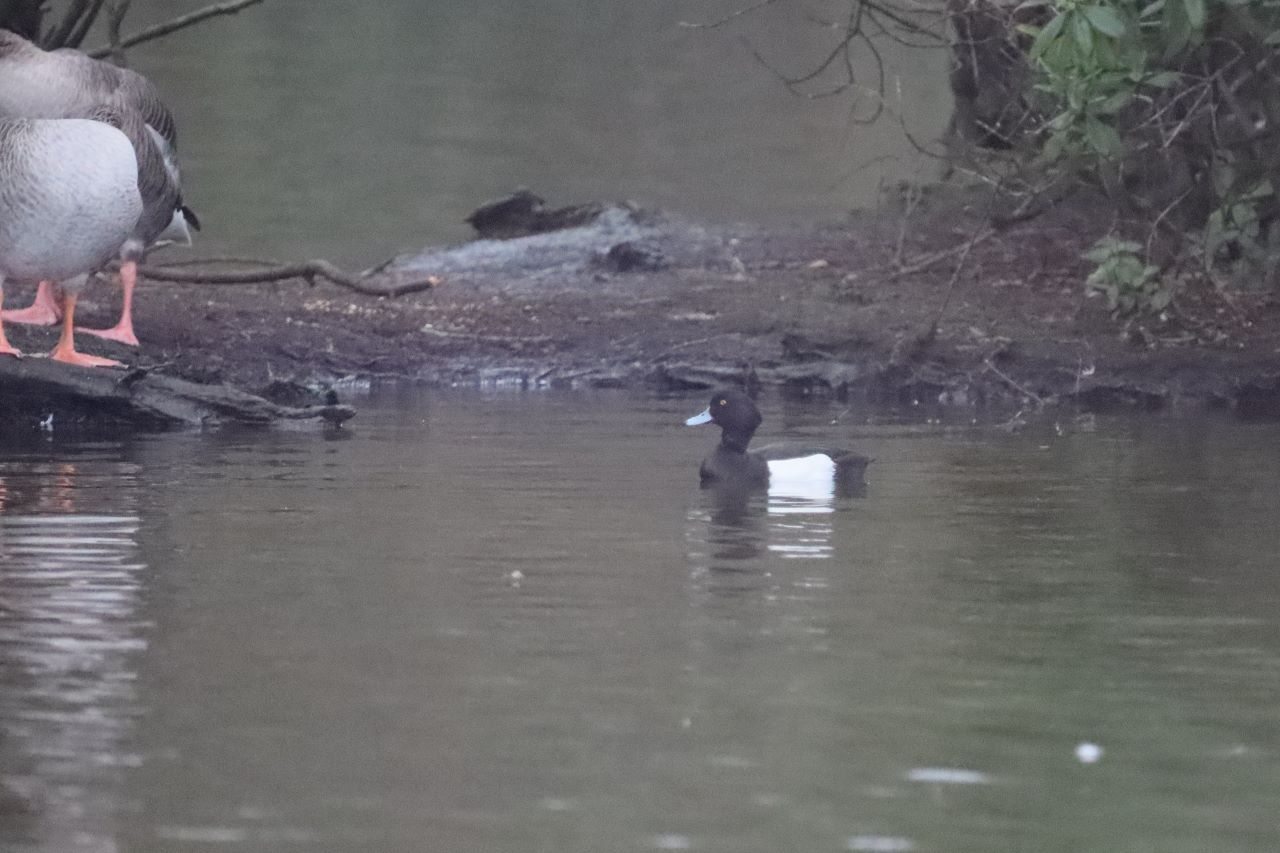
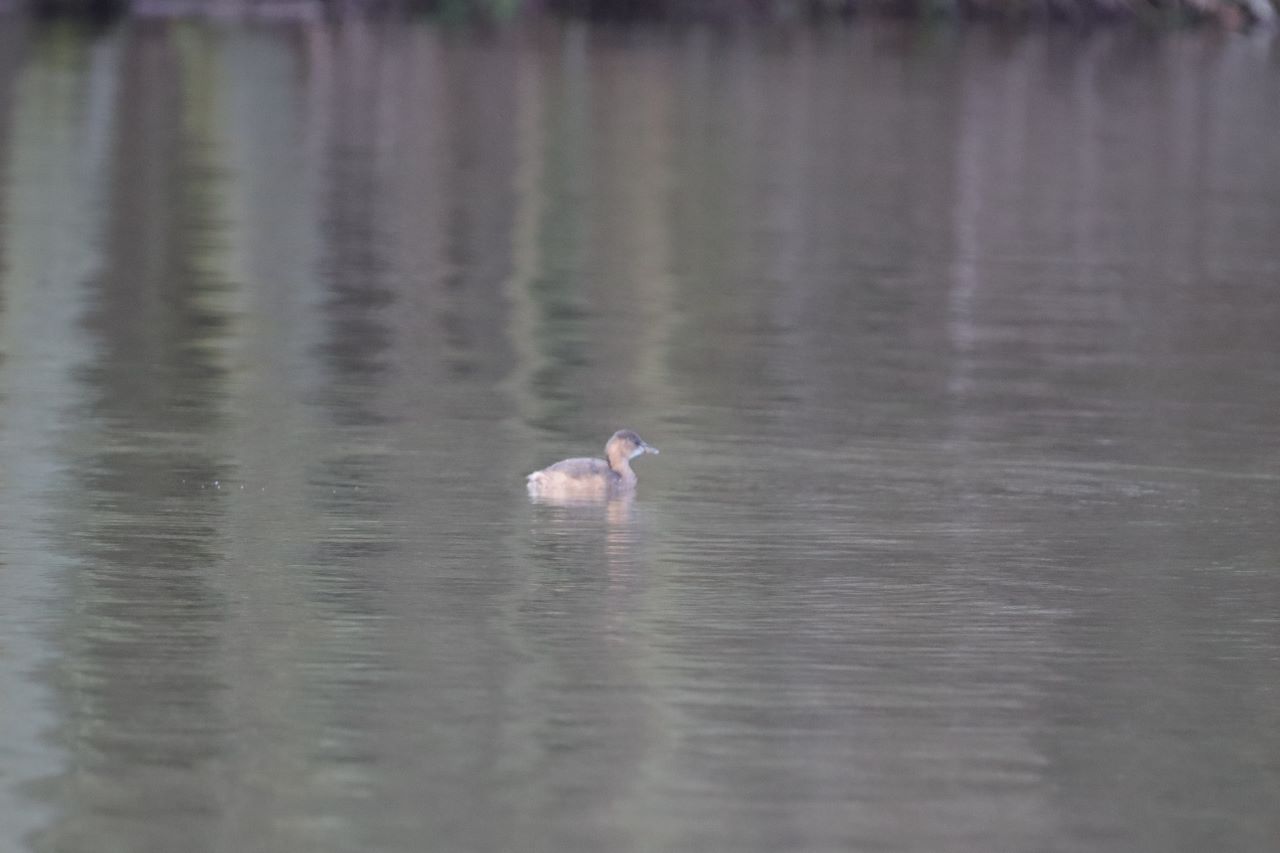

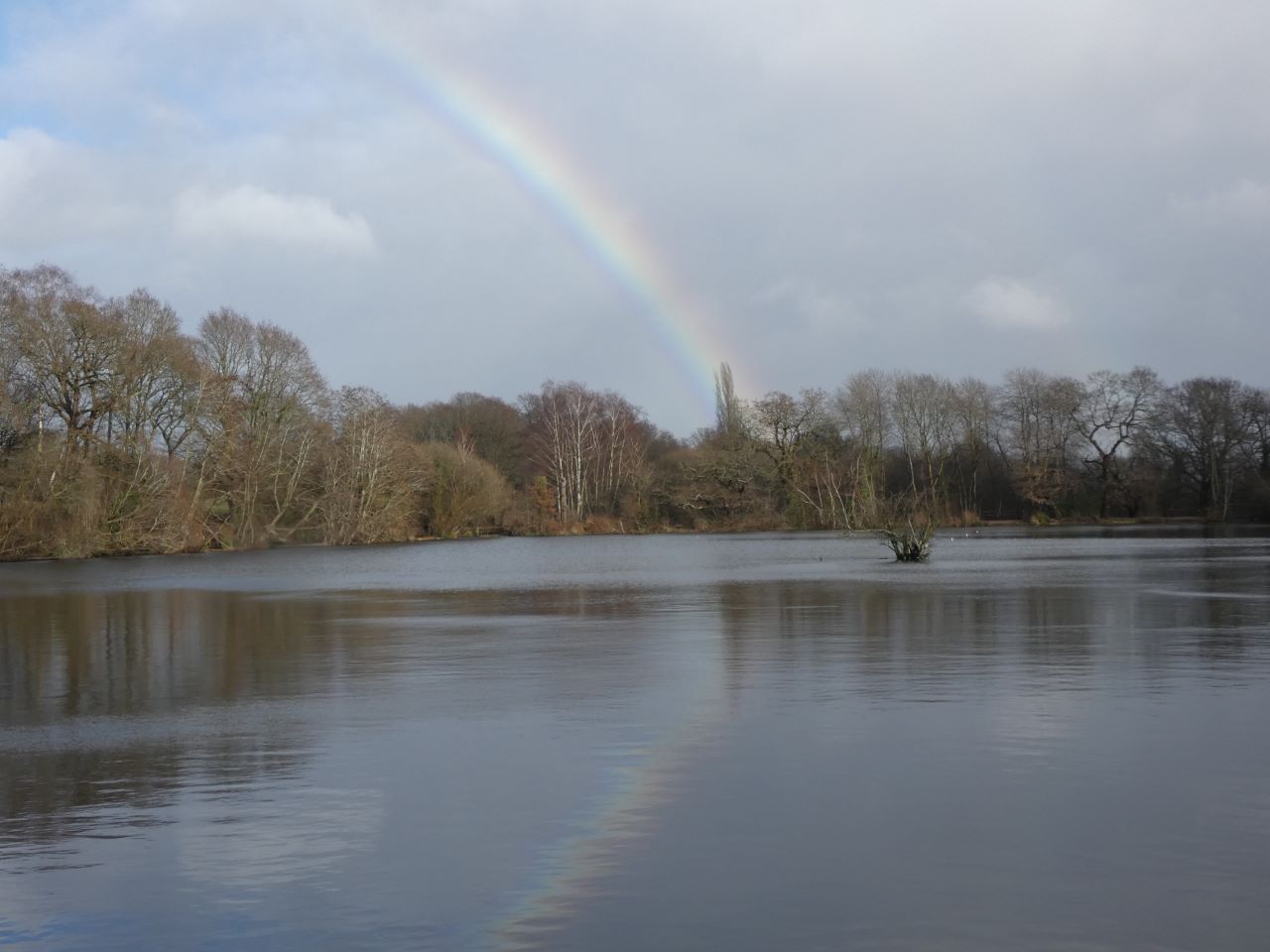
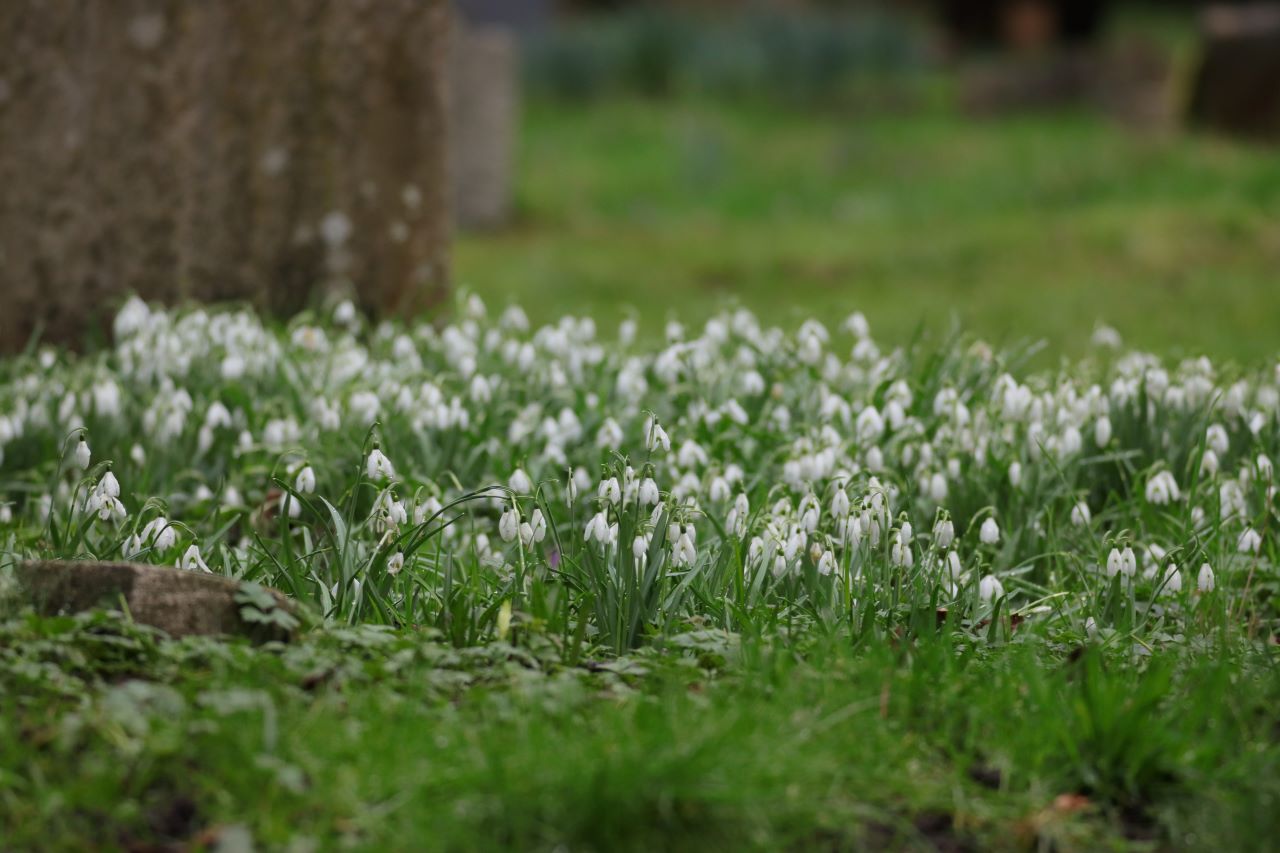


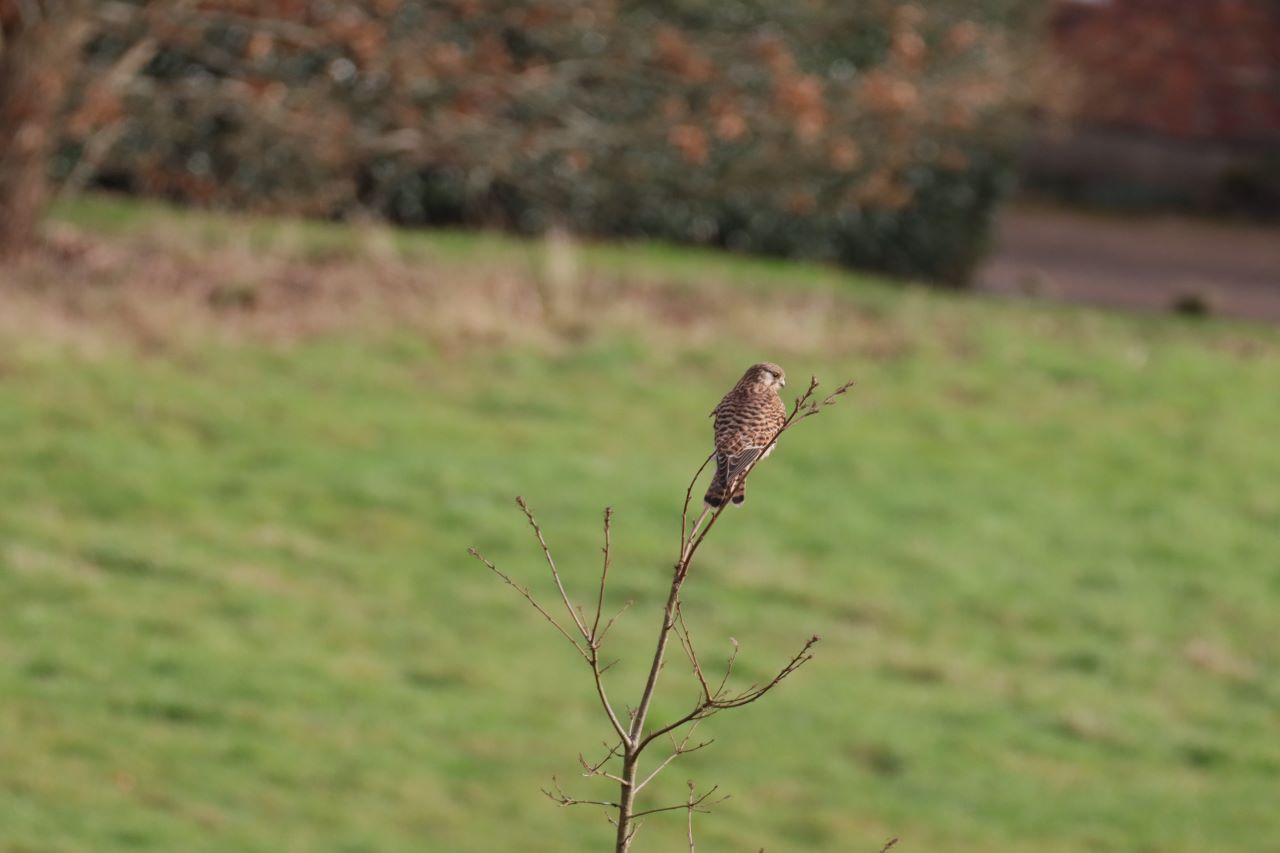
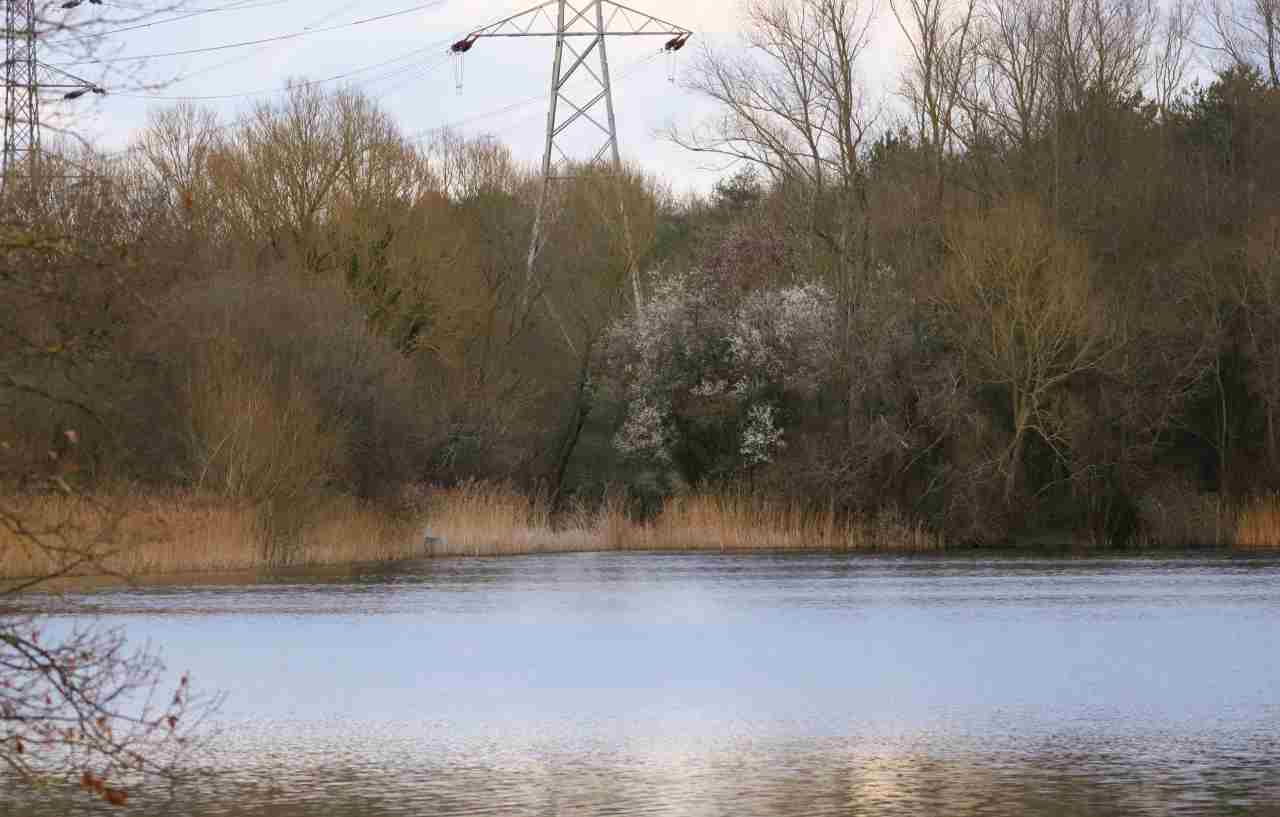
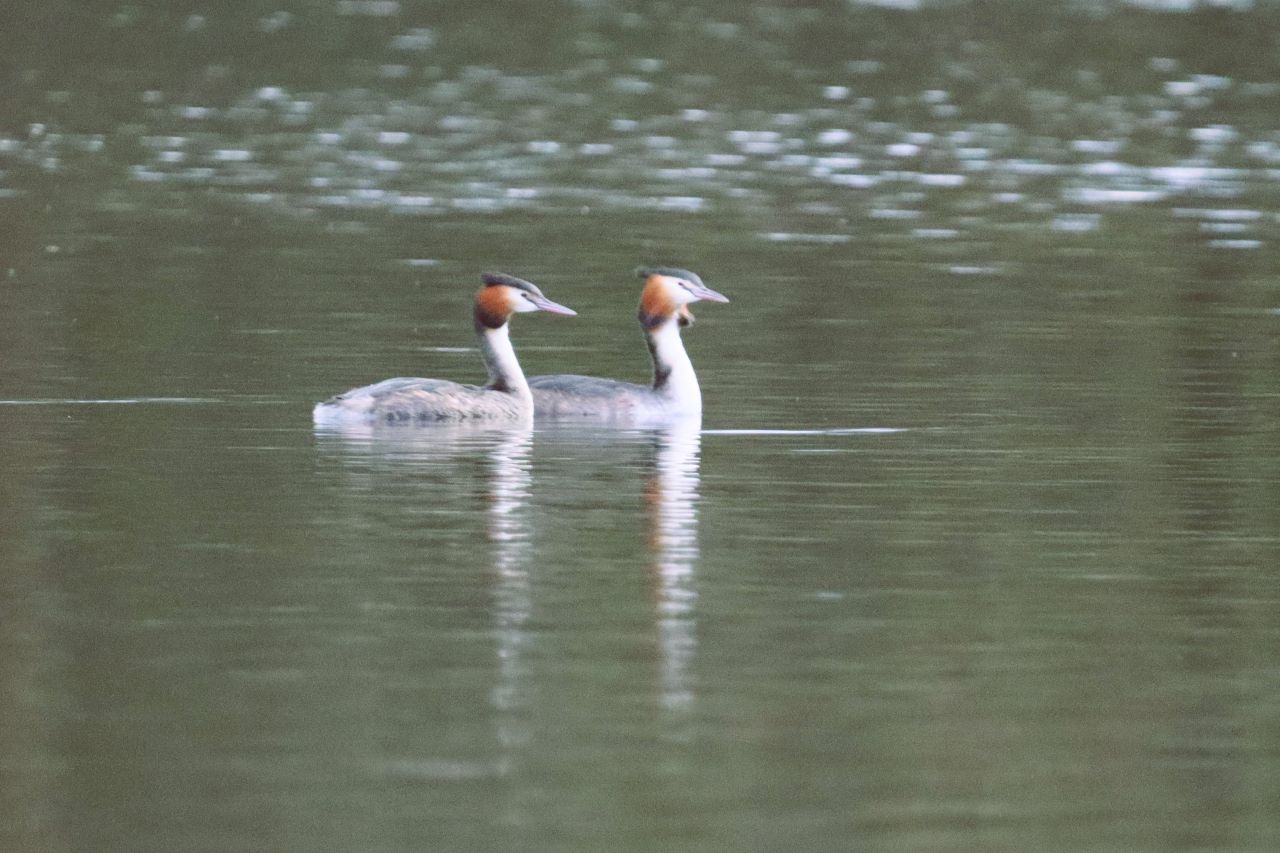
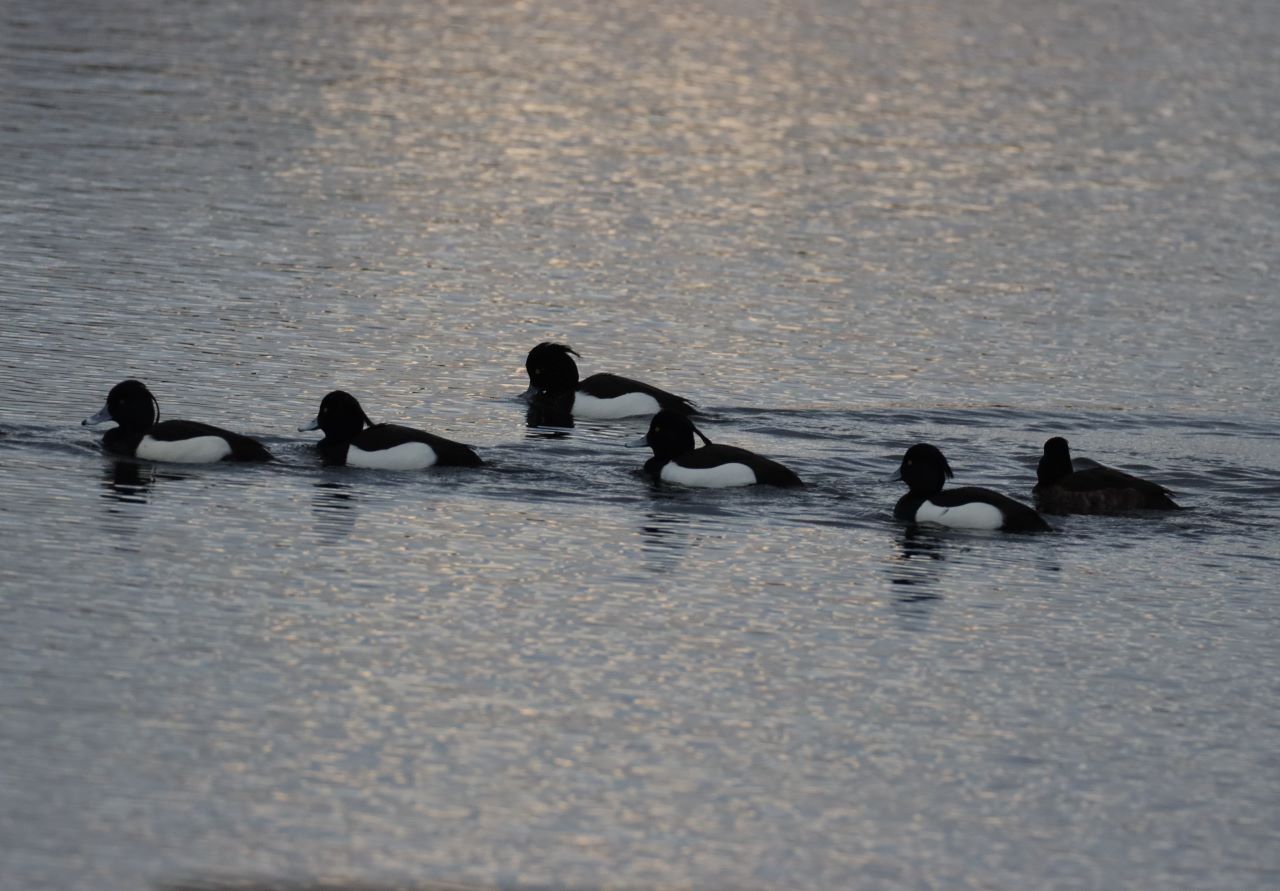

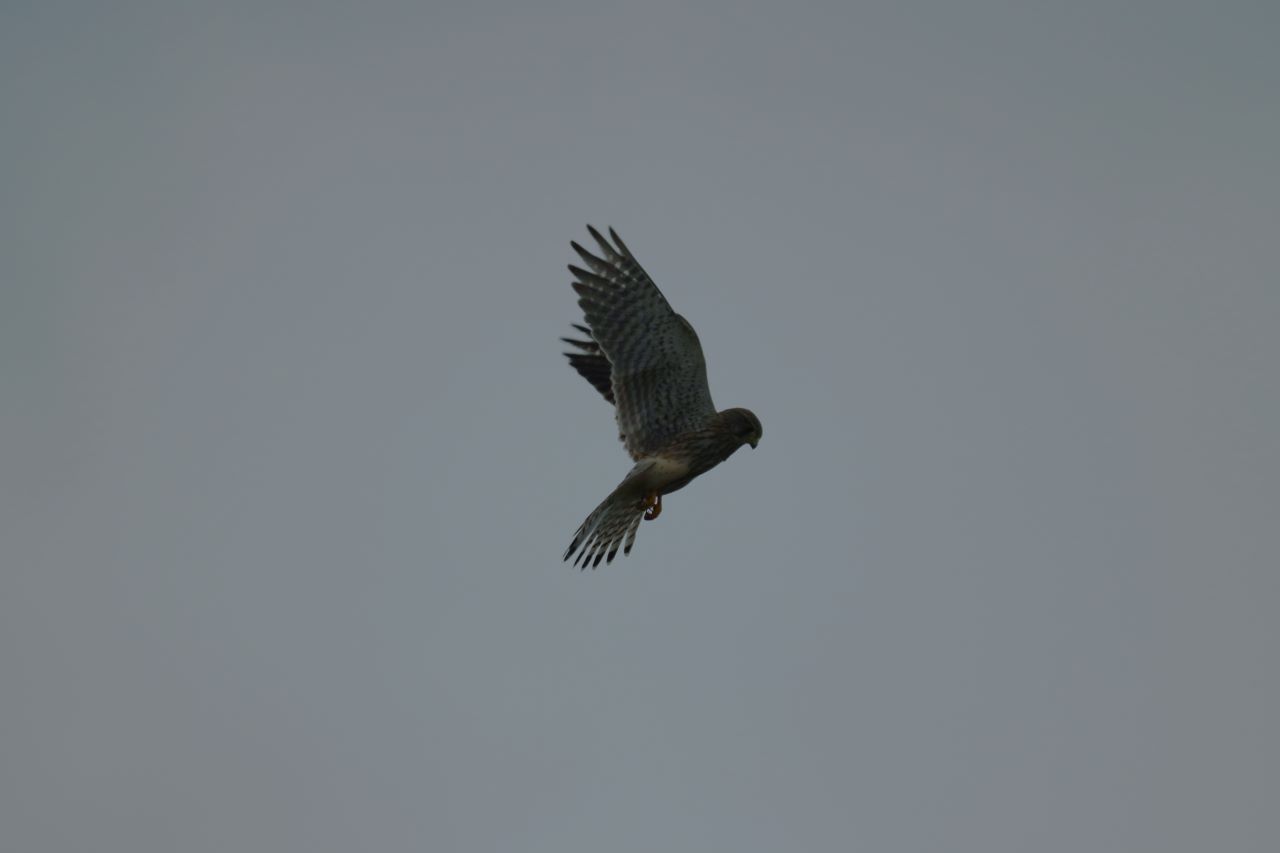
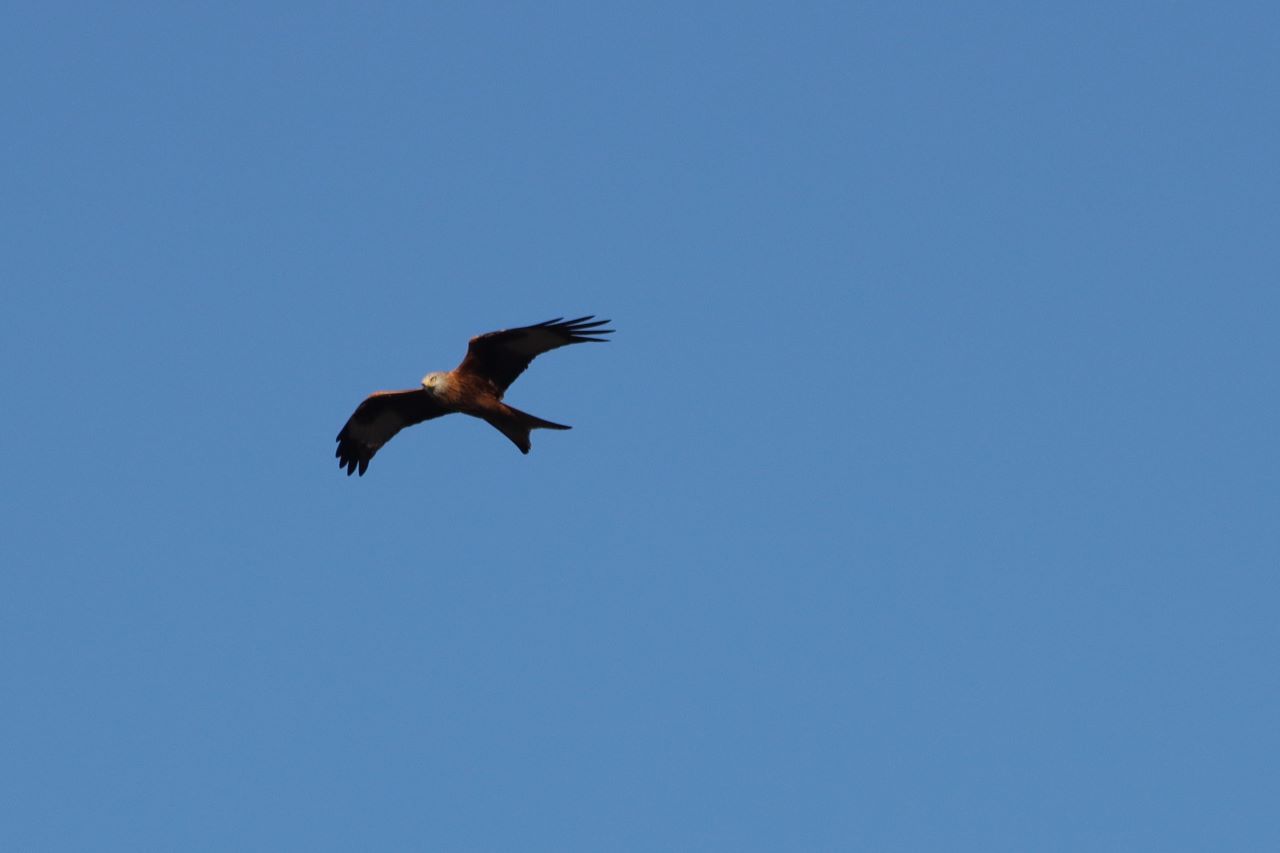
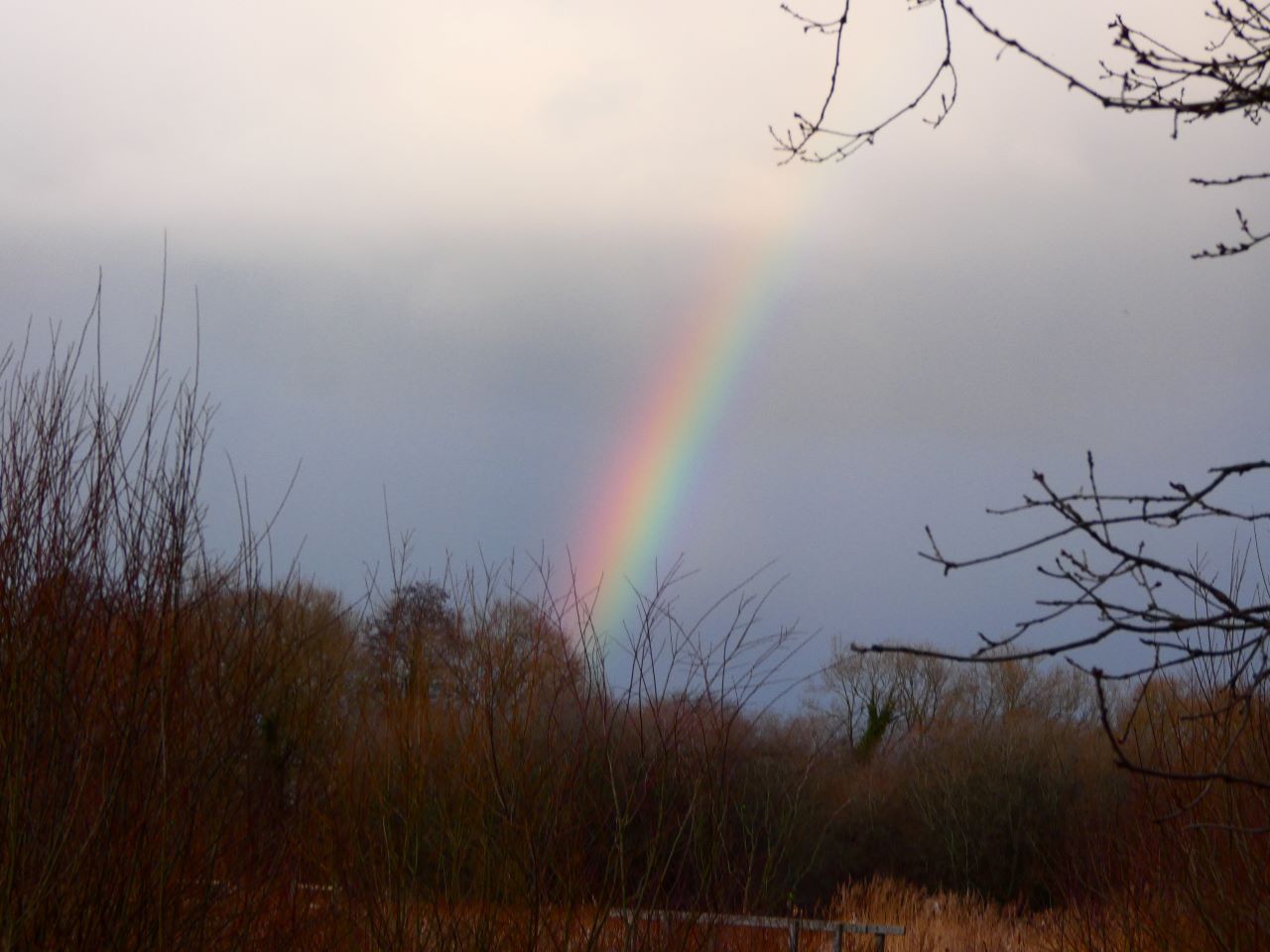
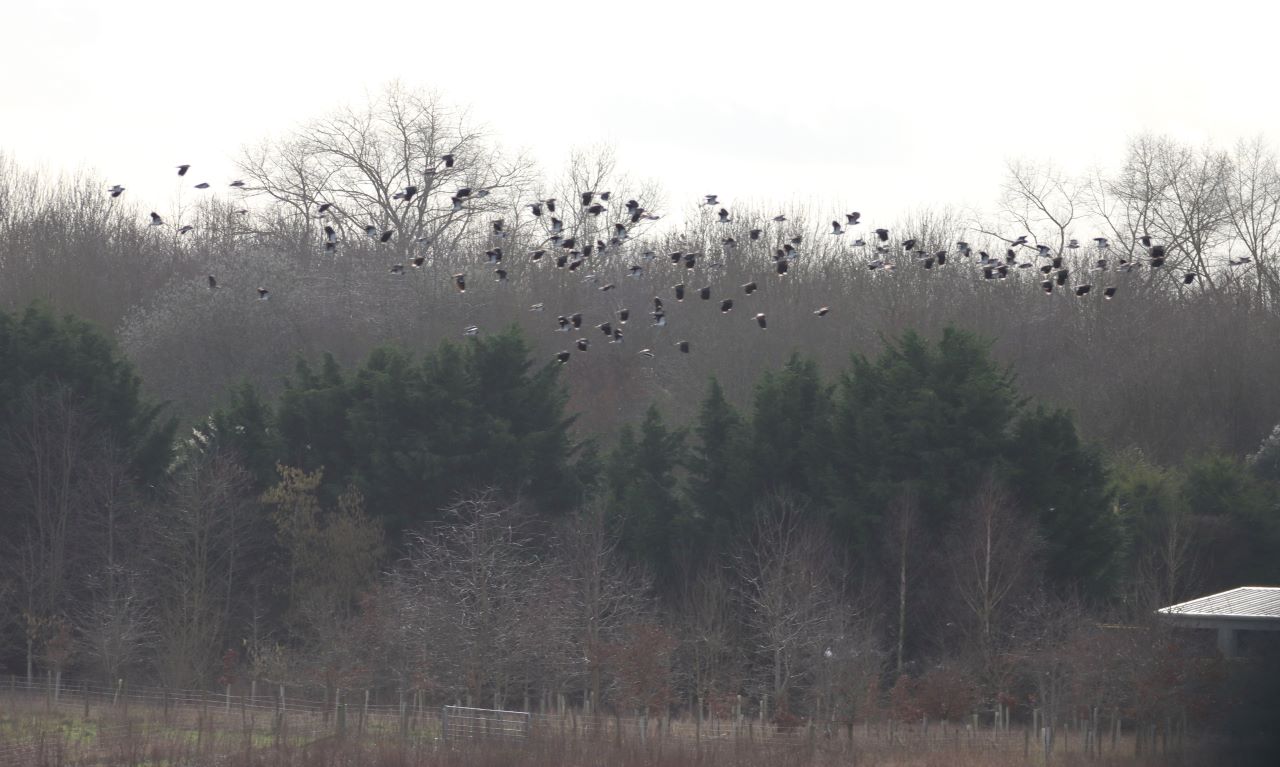
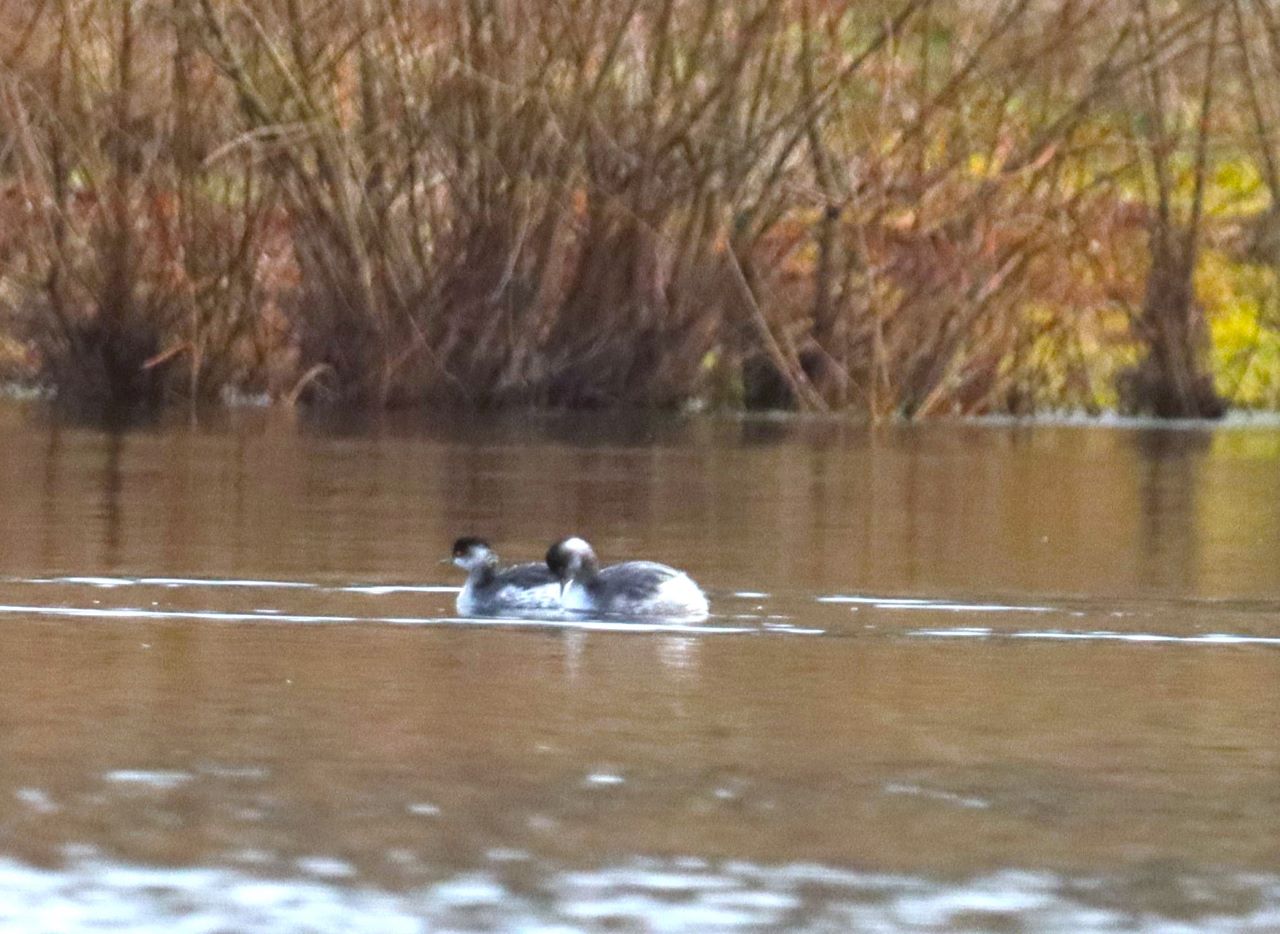
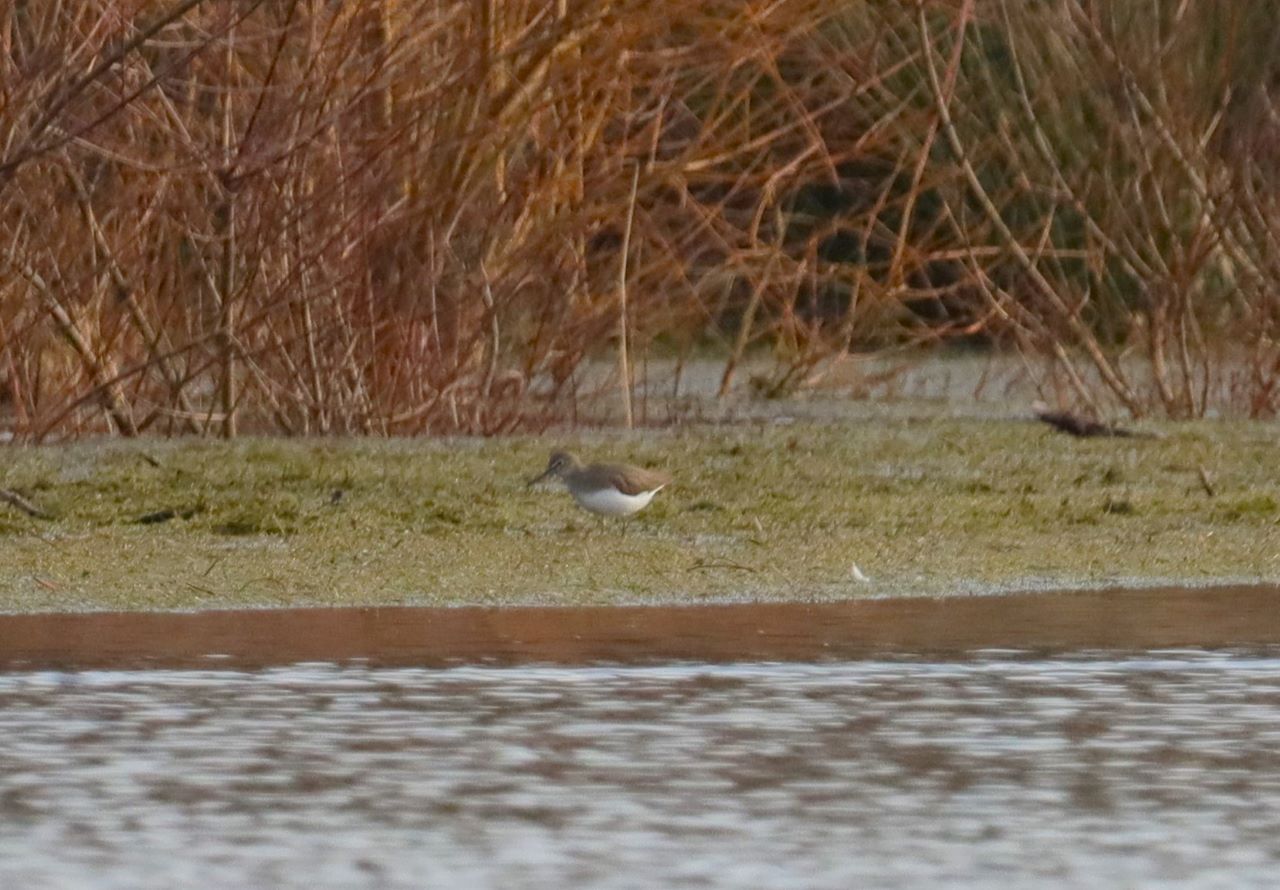
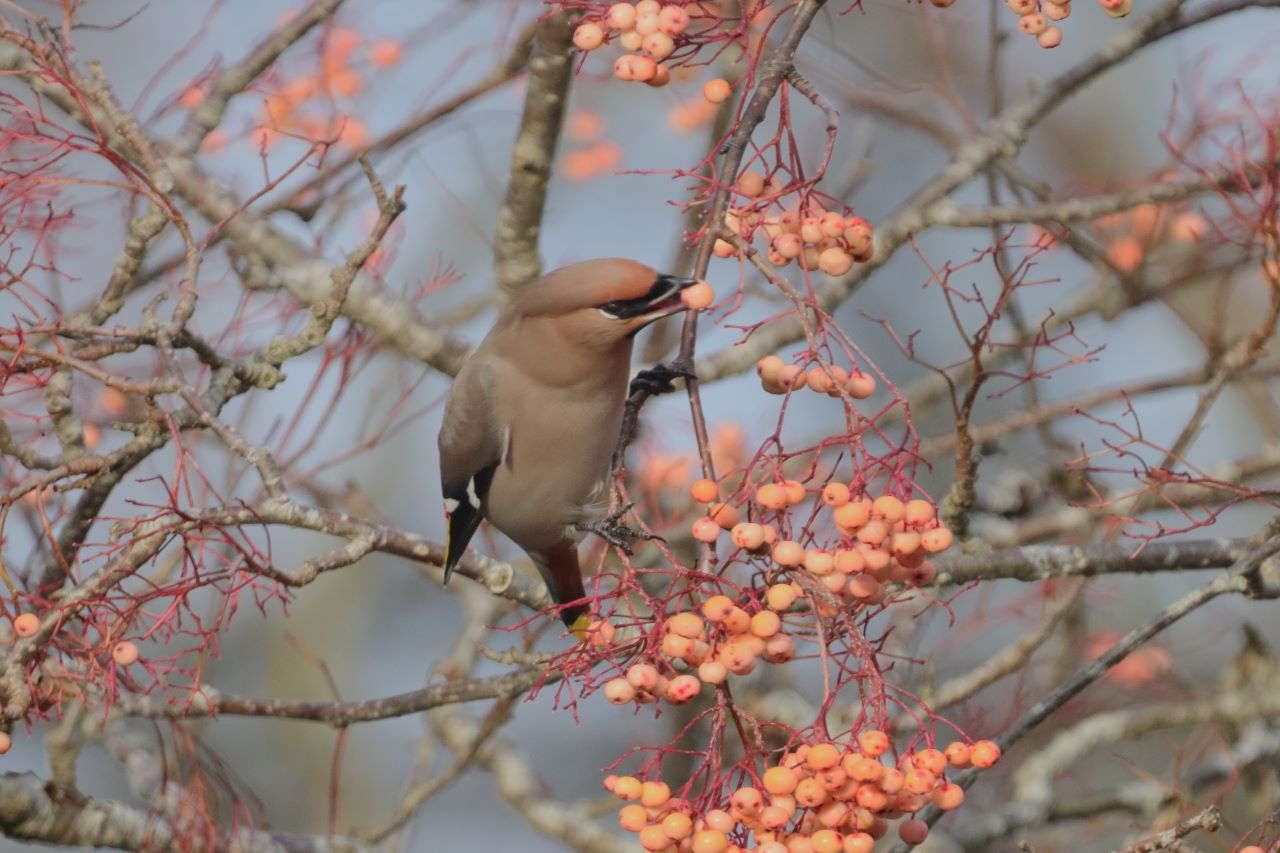
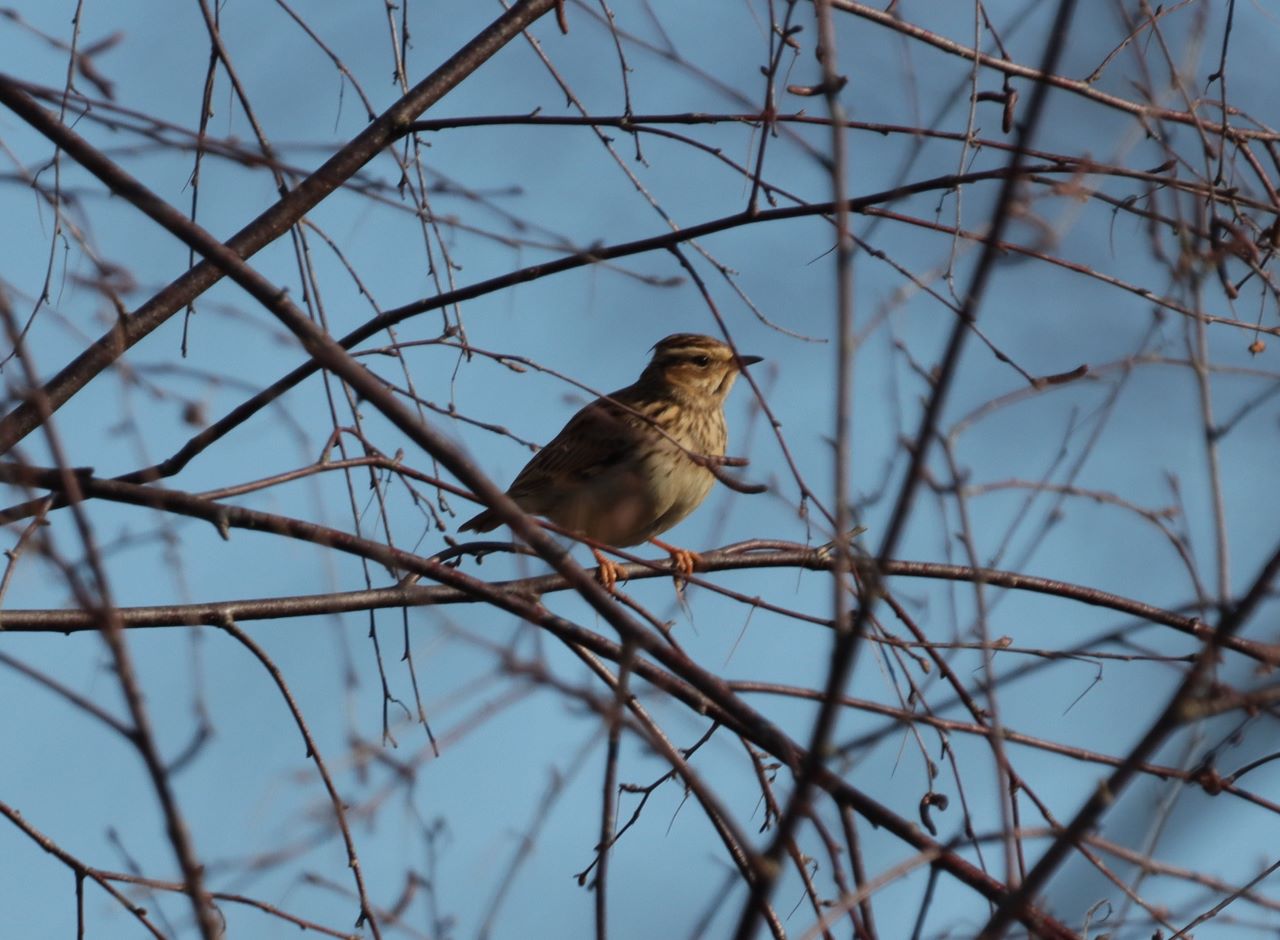

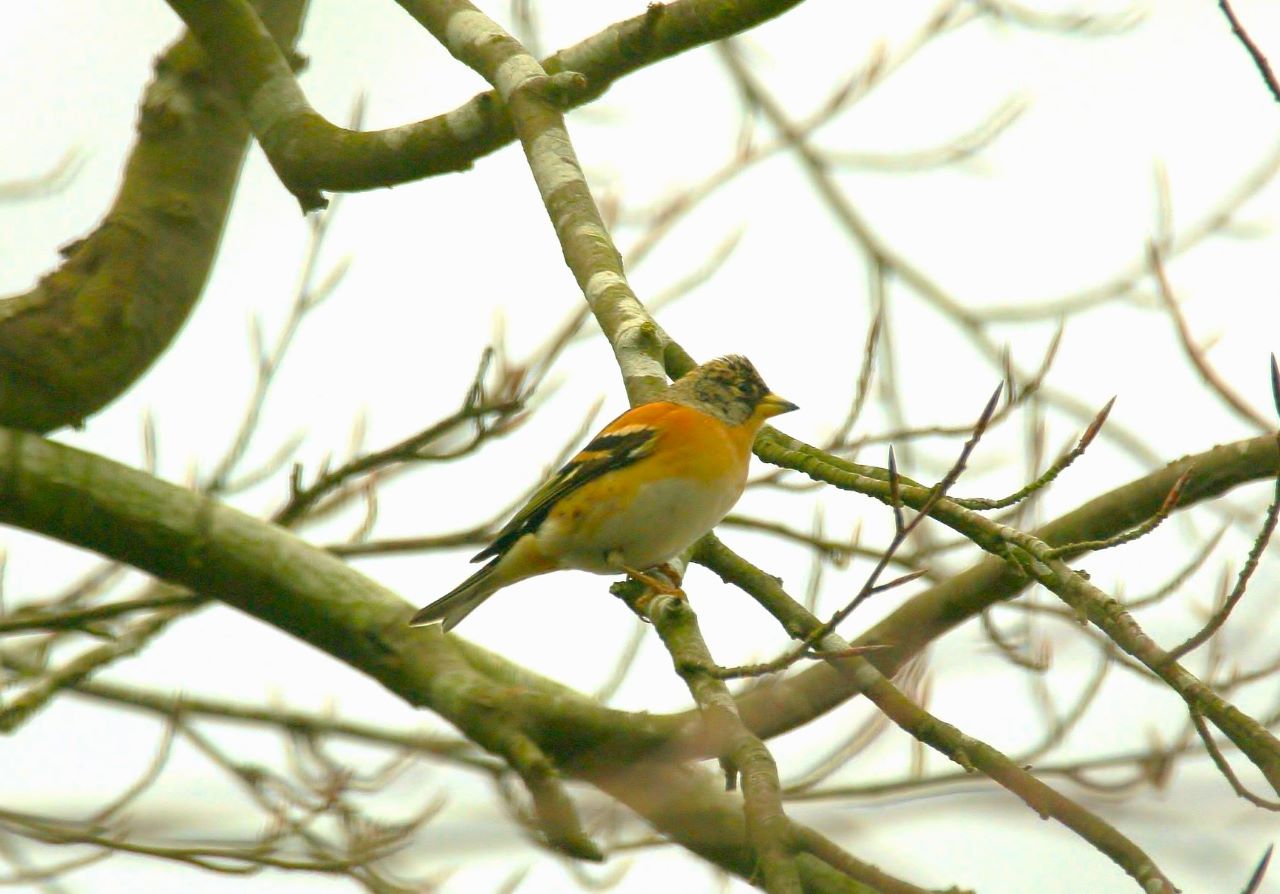
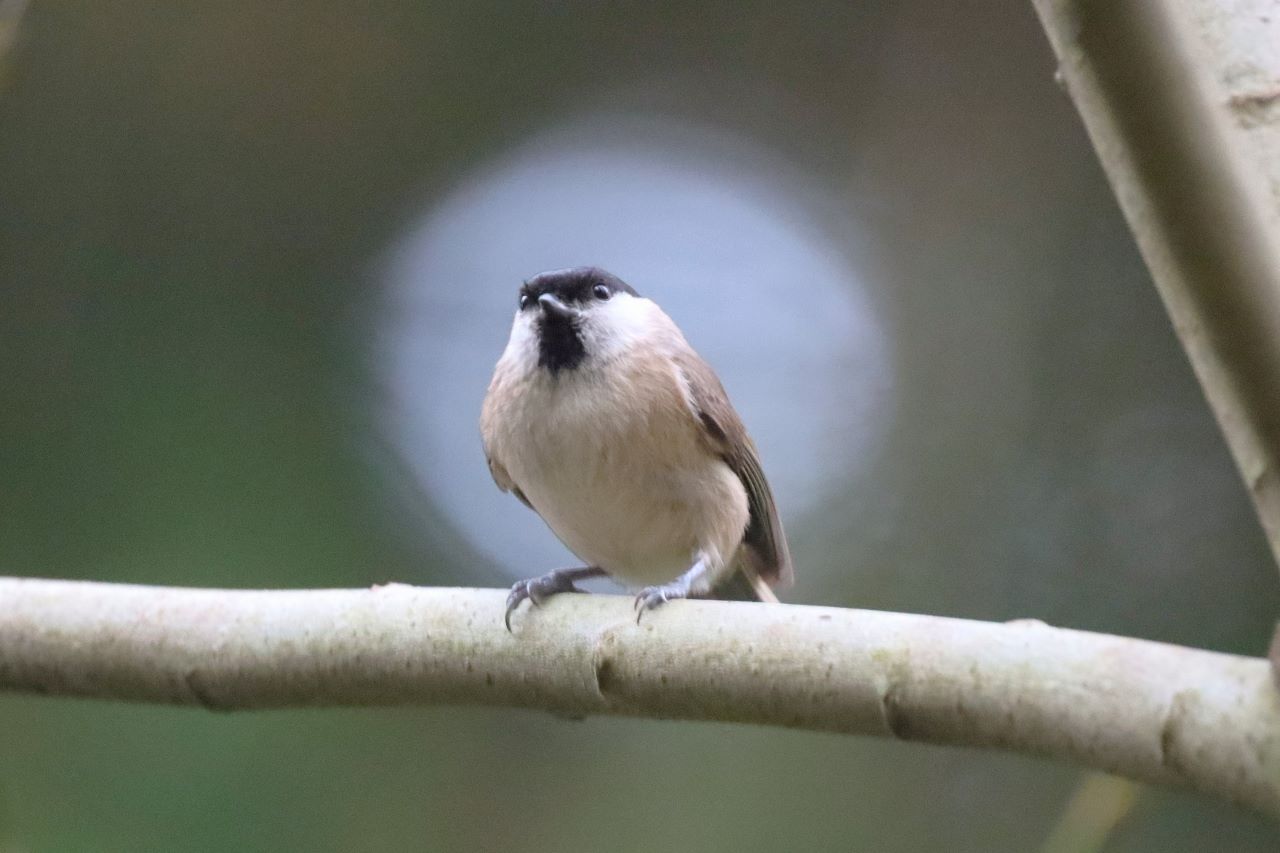
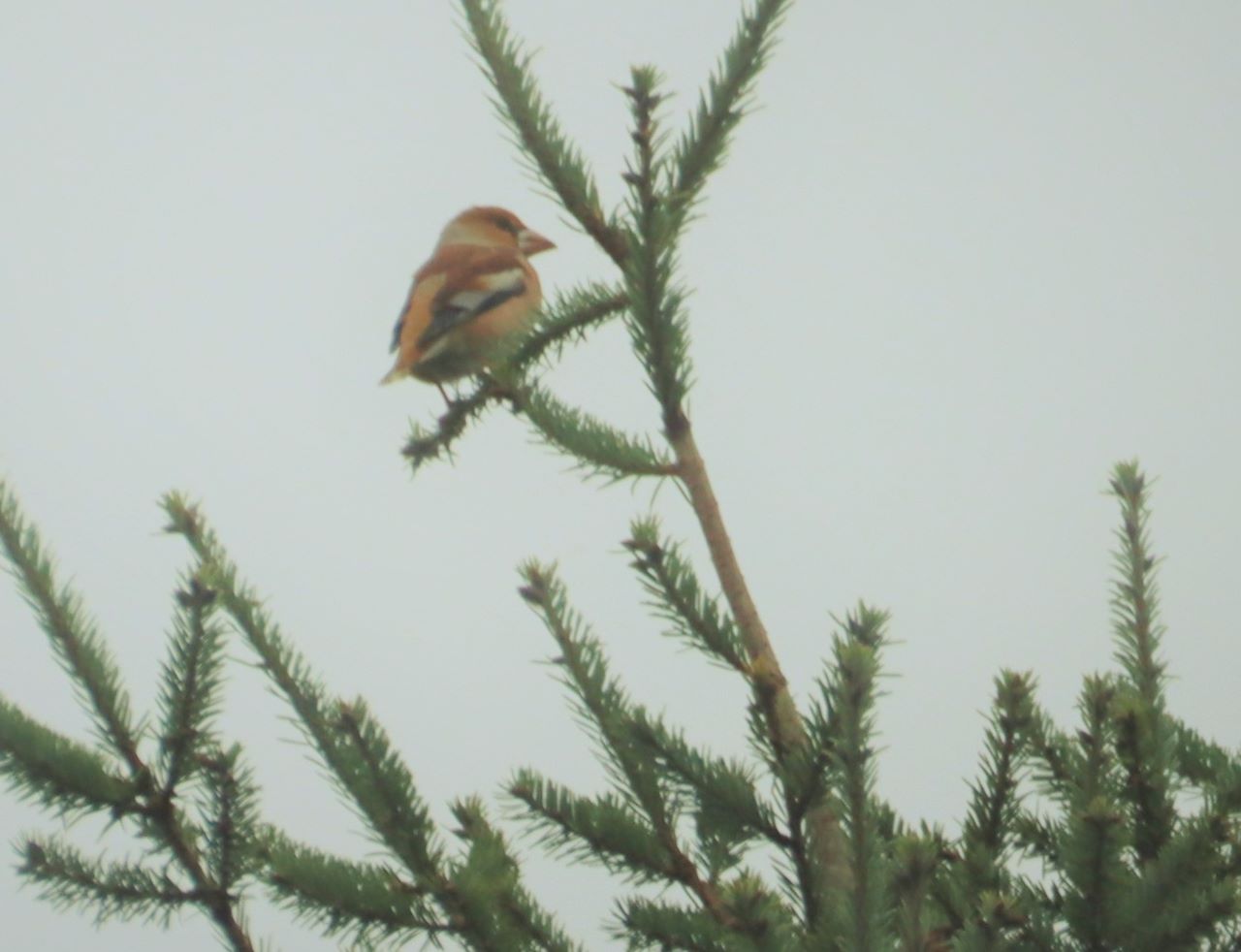
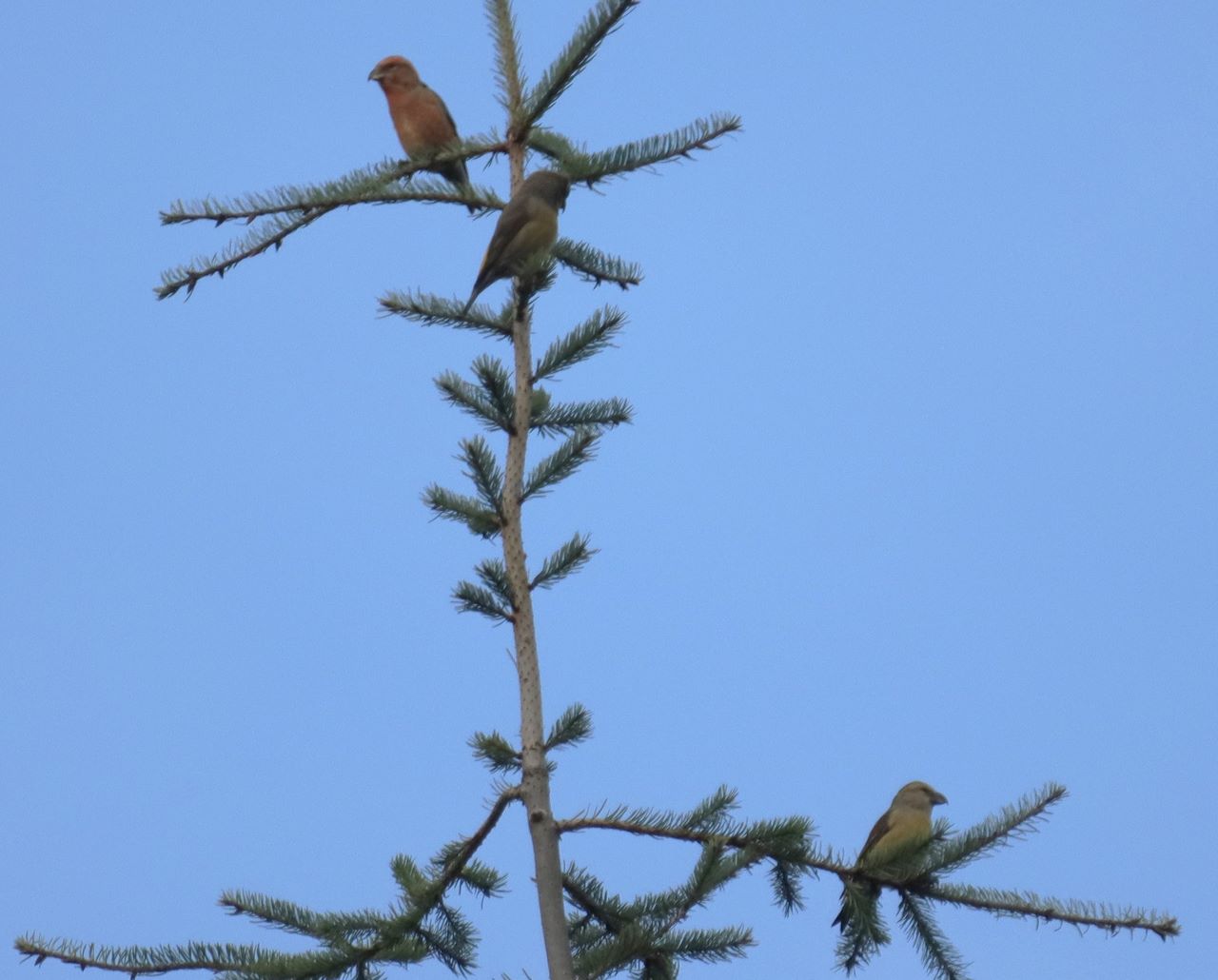
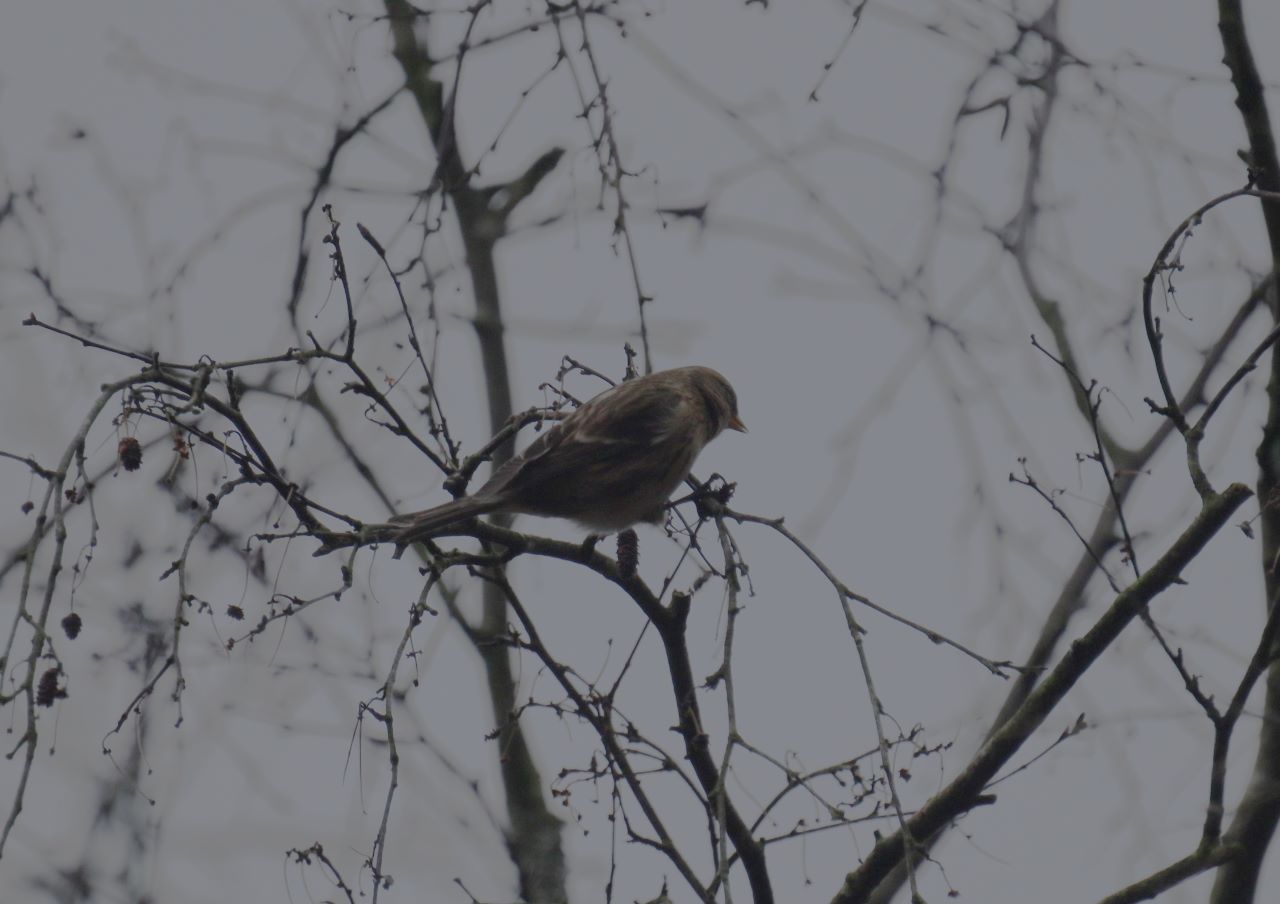
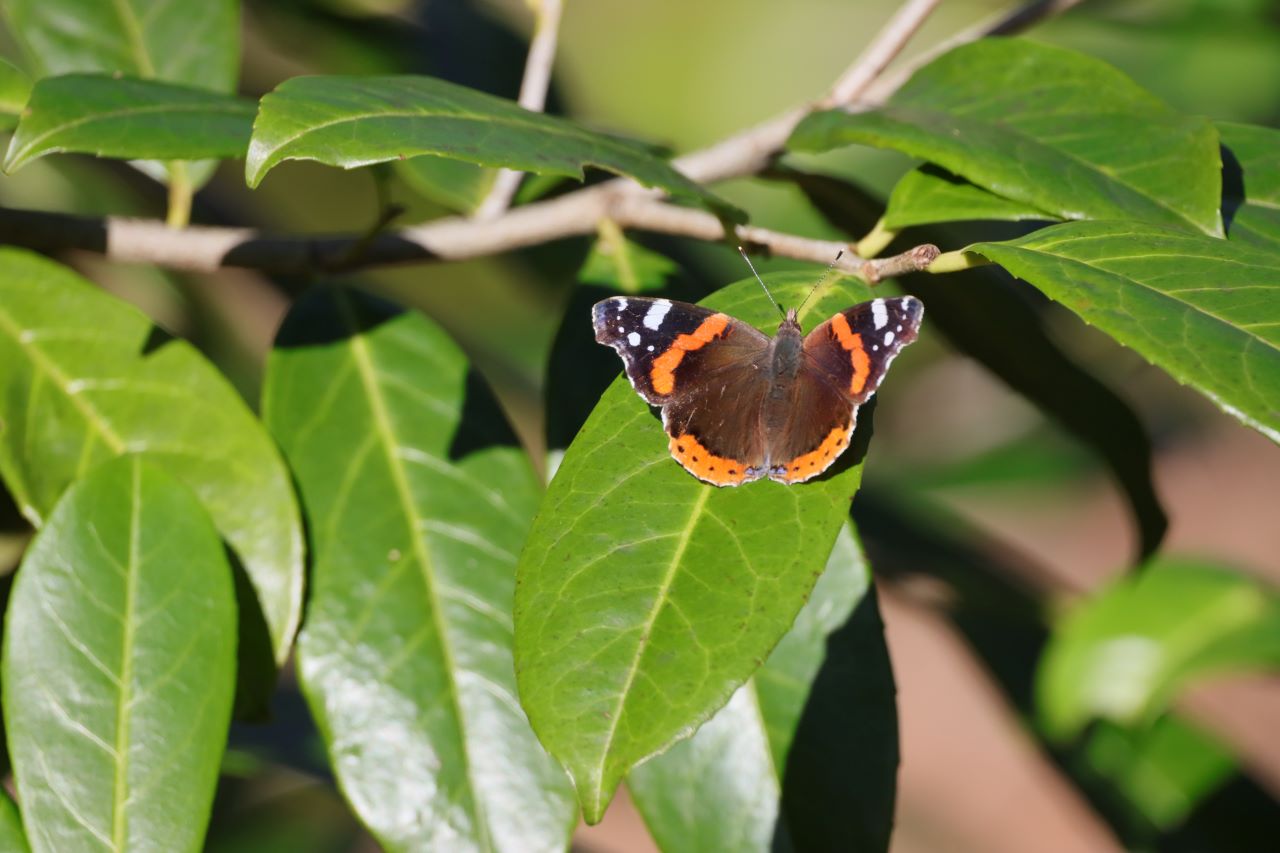
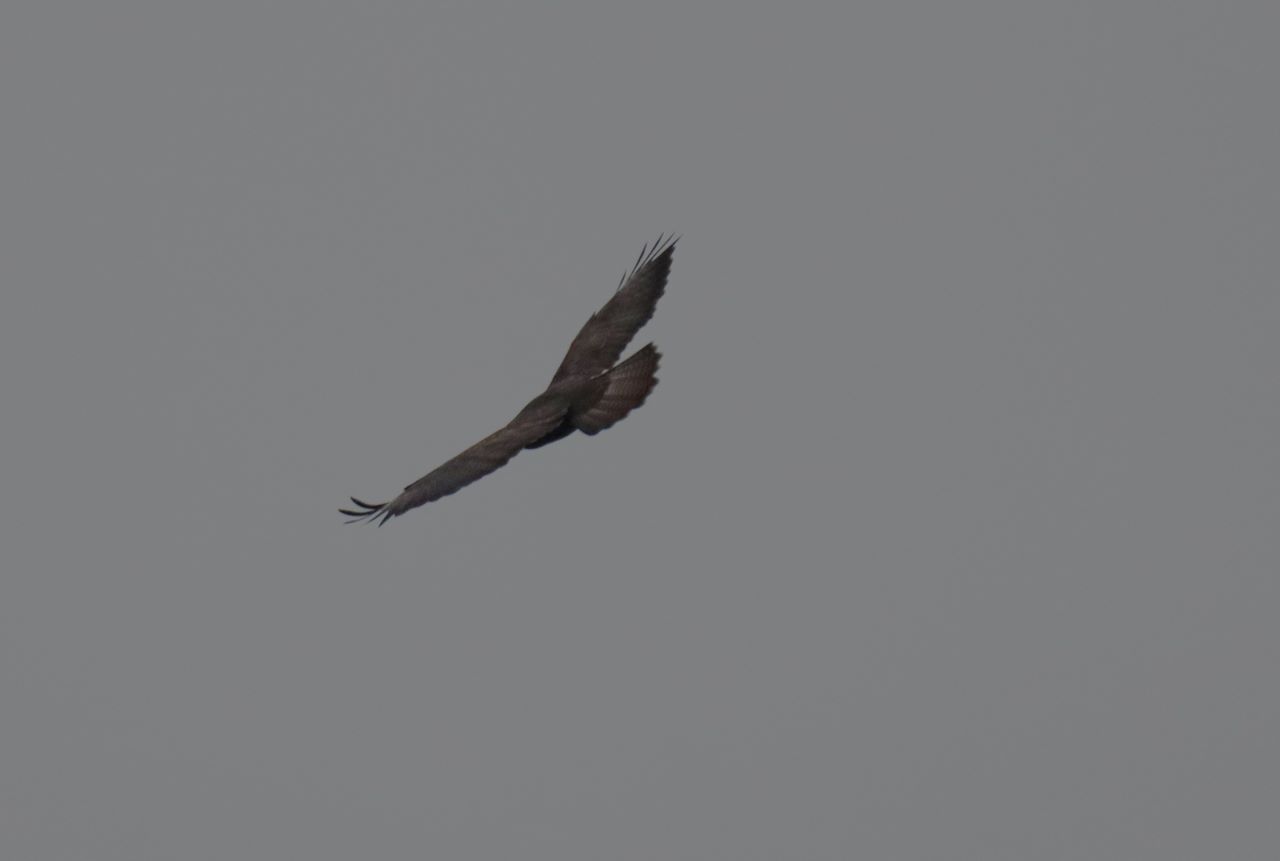
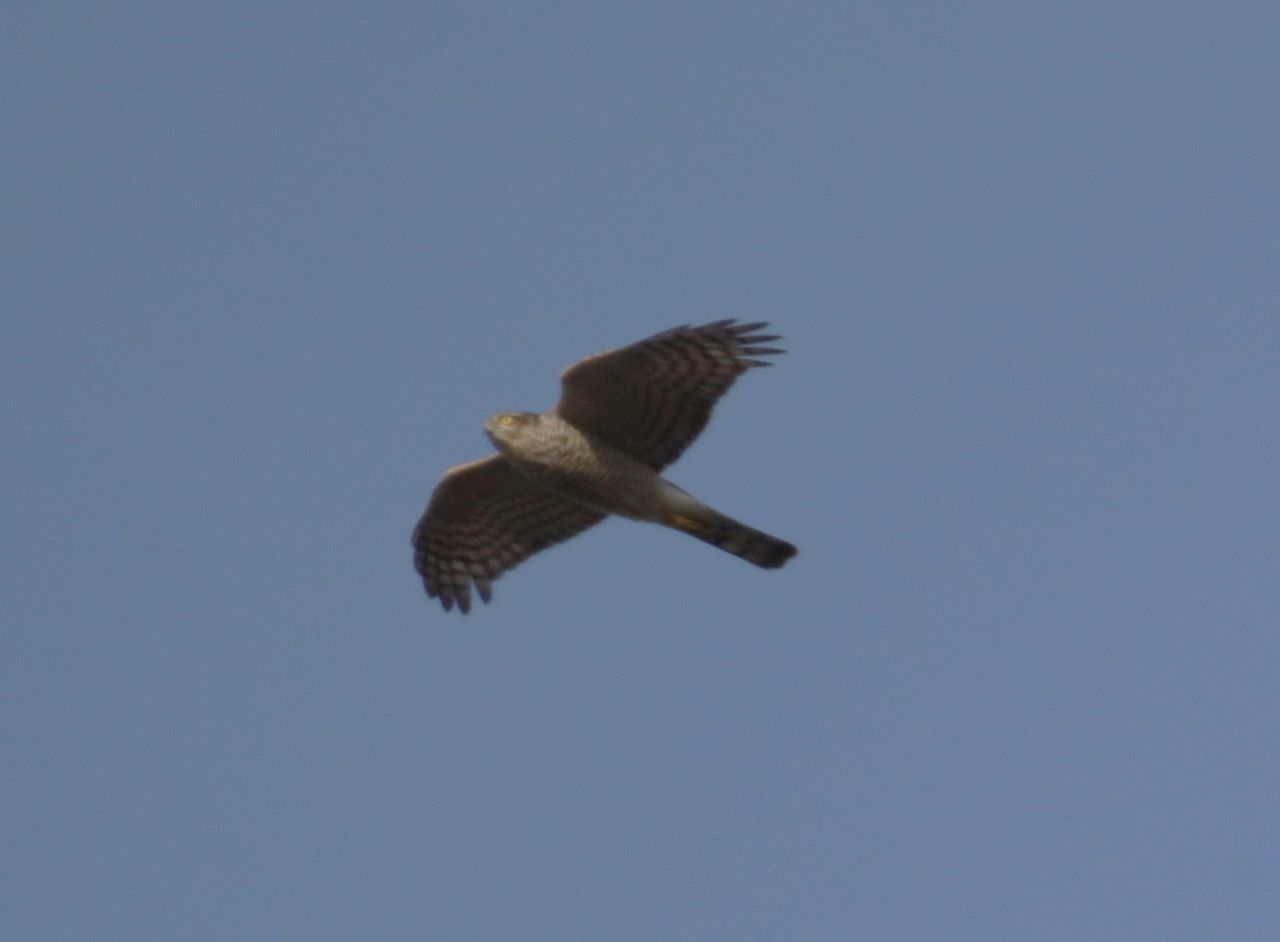
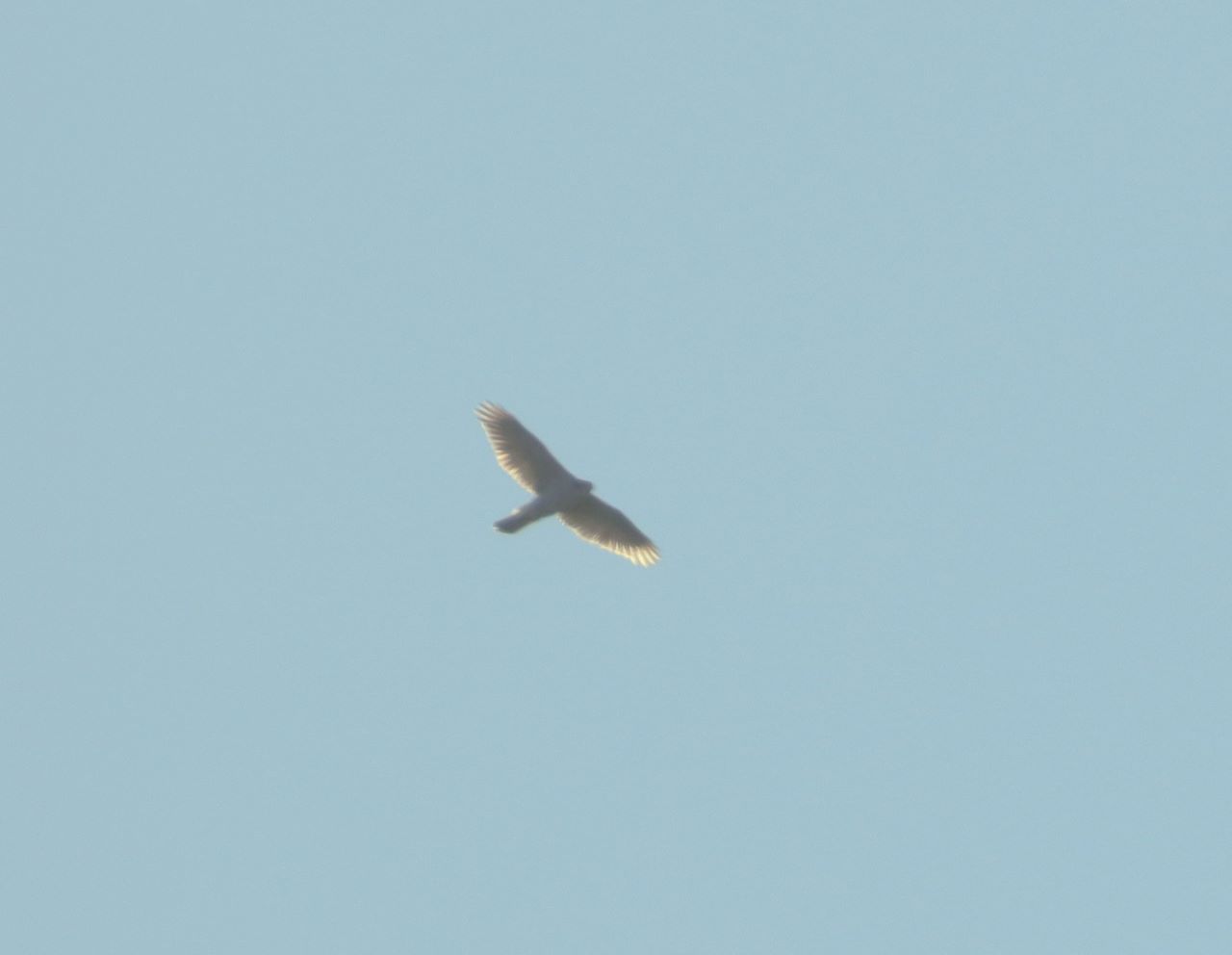






Harry Eve
February 18, 2024 at 10:15 am
Great photos – my favourites being the Swans in flight and the Marsh Tit. I think the birds must put on a special performance for Malcolm Fincham.
C Armstrong
February 18, 2024 at 10:39 am
Love the bird watchers diary!
Jan Messinger
February 18, 2024 at 1:29 pm
The most stunning photography as always from Malcolm Fincham.